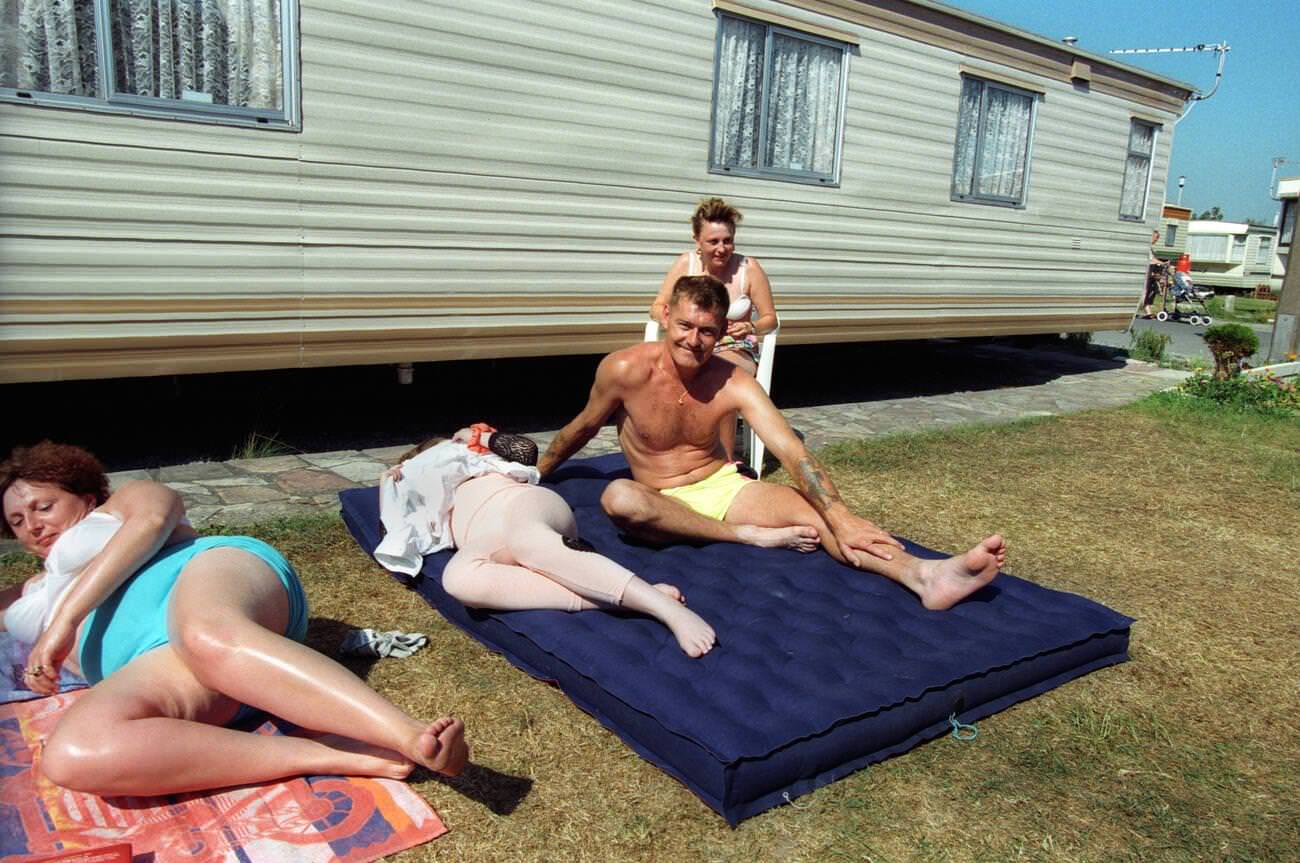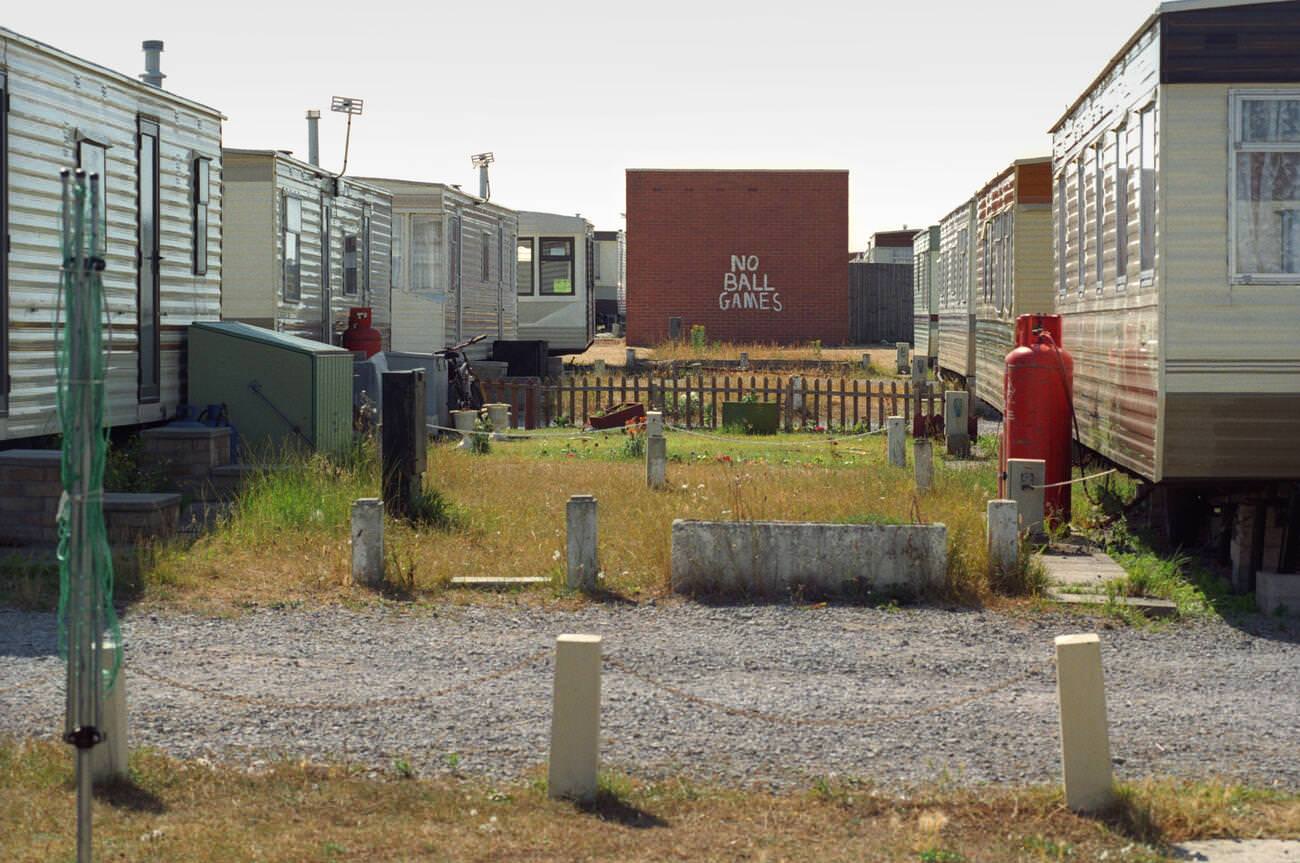Mobile living, a concept that has captivated the imagination of many, has roots that stretch back much further than the contemporary van life movement. From the early 1900s, the evolution of mobile homes has mirrored societal changes, technological advancements, and a growing desire for freedom and simplicity.
The Dawn of Mobile Homes: The 1900s to 1920s
The earliest mobile homes can be traced back to the nomadic wagons and traveling caravans used by circus performers and travelers. However, the advent of the automobile era in the early 20th century transformed the concept of mobile living, making it more accessible to the average person. Initially, mobile homes were simple, makeshift structures built on the chassis of cars or trucks. They were often crudely assembled with materials like wood and canvas and lacked any form of luxury or even basic amenities.
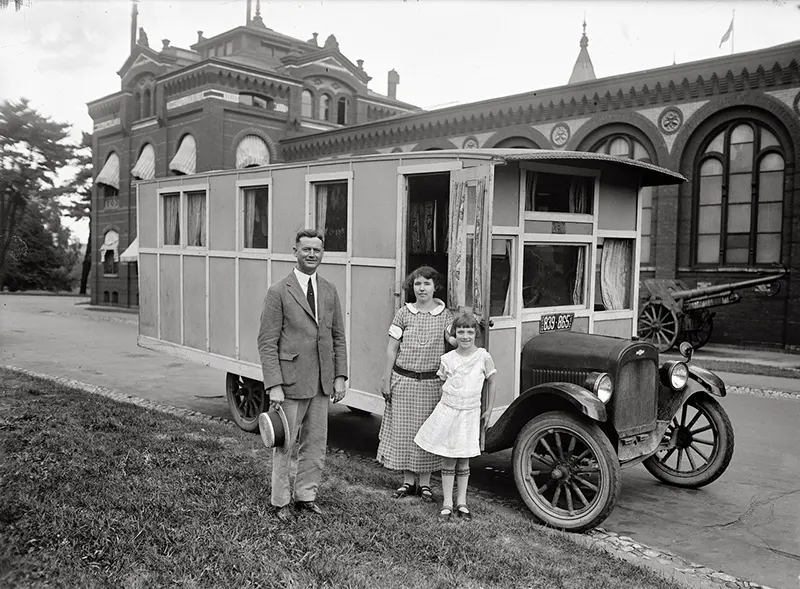
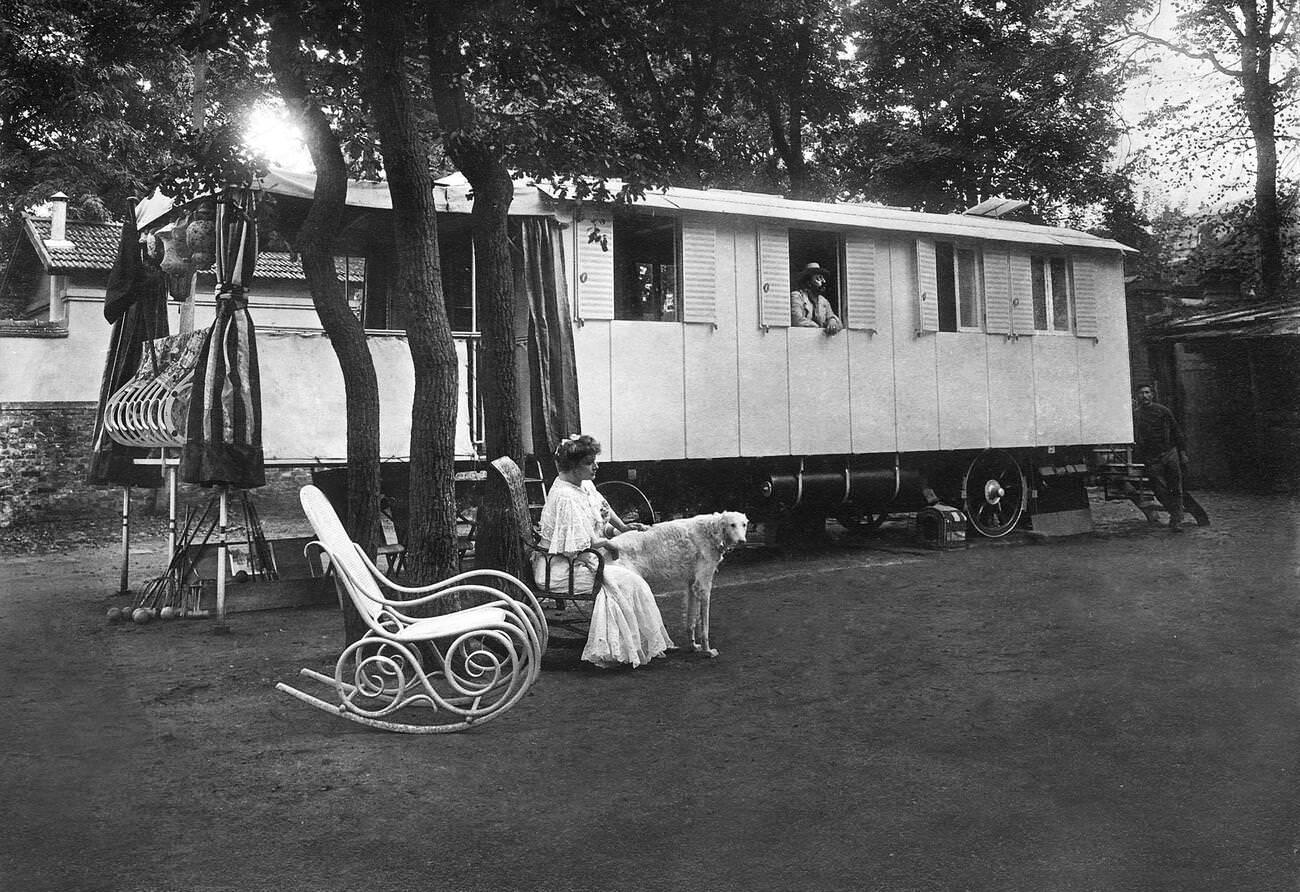
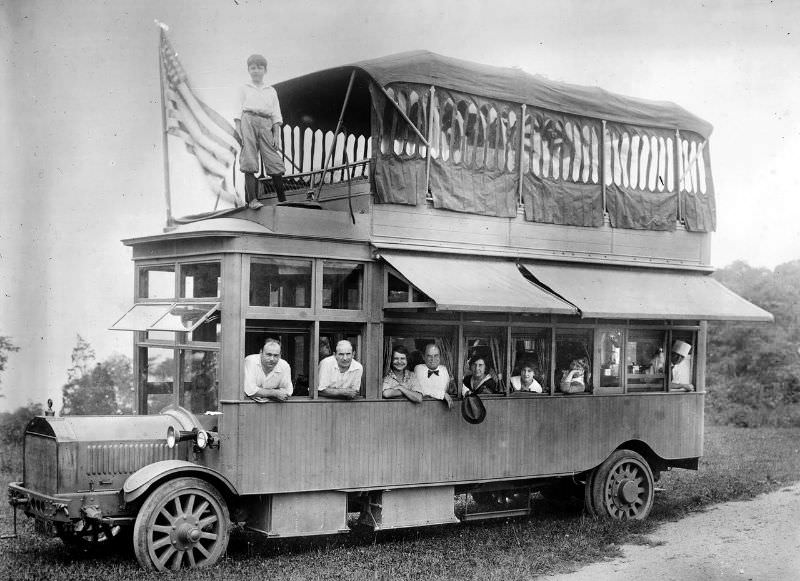
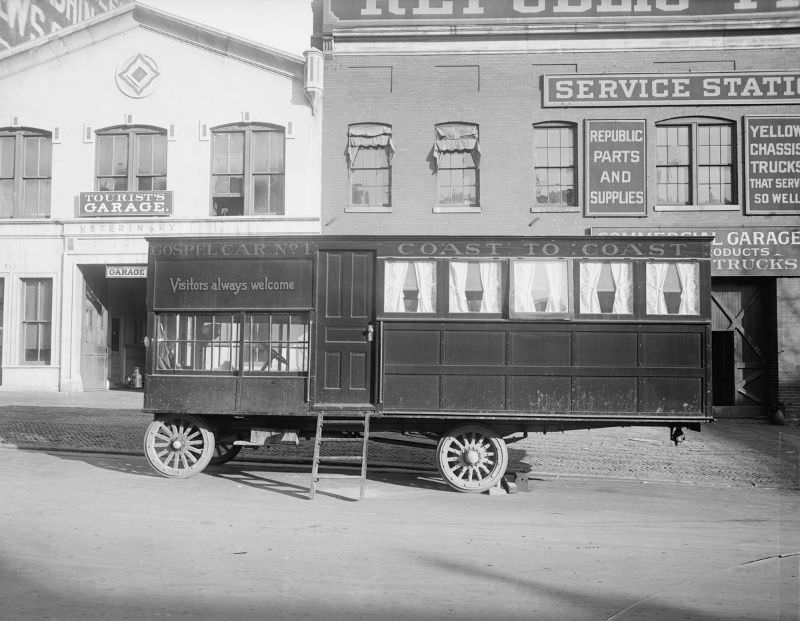
As automobile ownership became more widespread in the 1920s, so did the appeal of mobile living. People began to see the potential for travel and exploration without the need to sacrifice the comforts of home. This period saw the introduction of more sophisticated and livable designs, including the iconic “house car” or early RV, which featured basic living spaces such as a small kitchen area, a sleeping space, and sometimes even a rudimentary toilet.
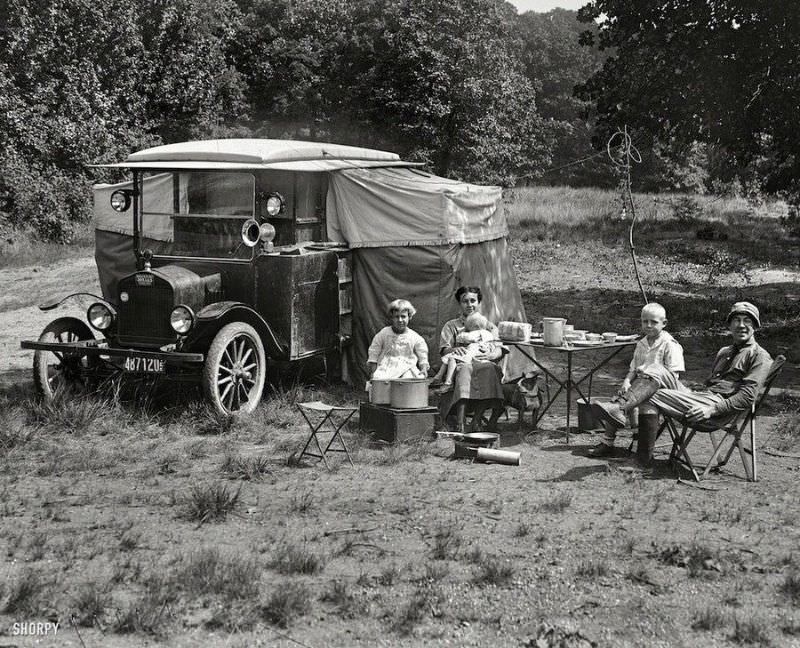
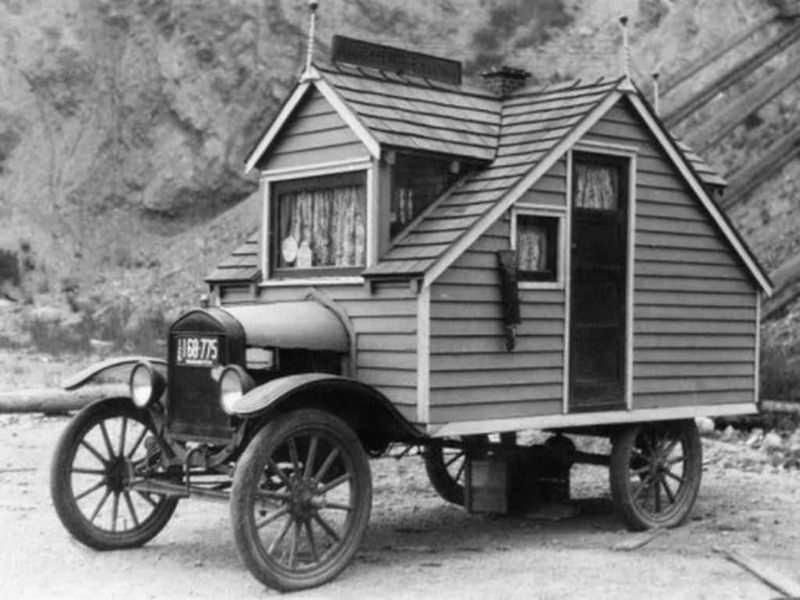
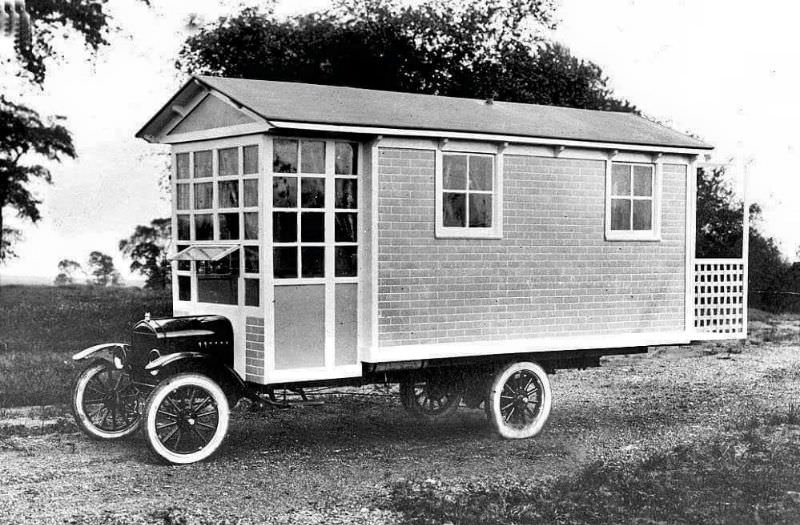
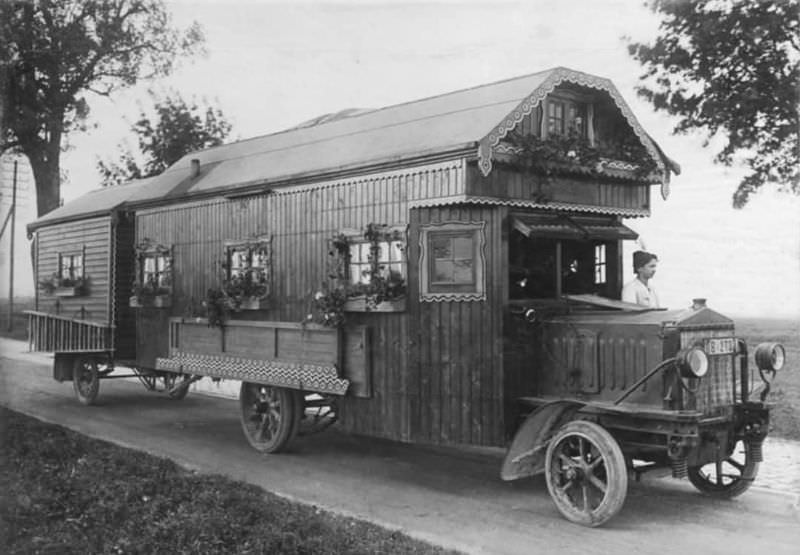
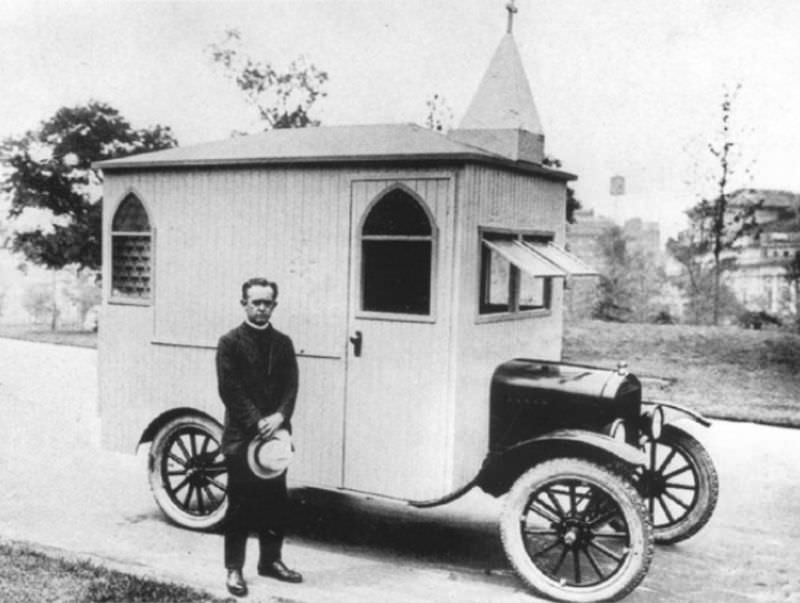
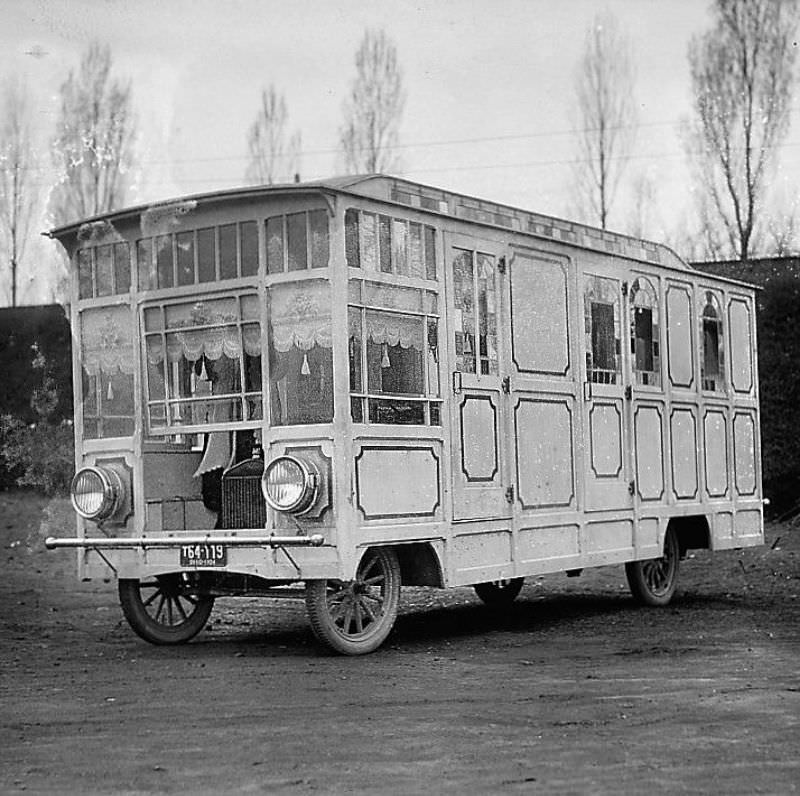
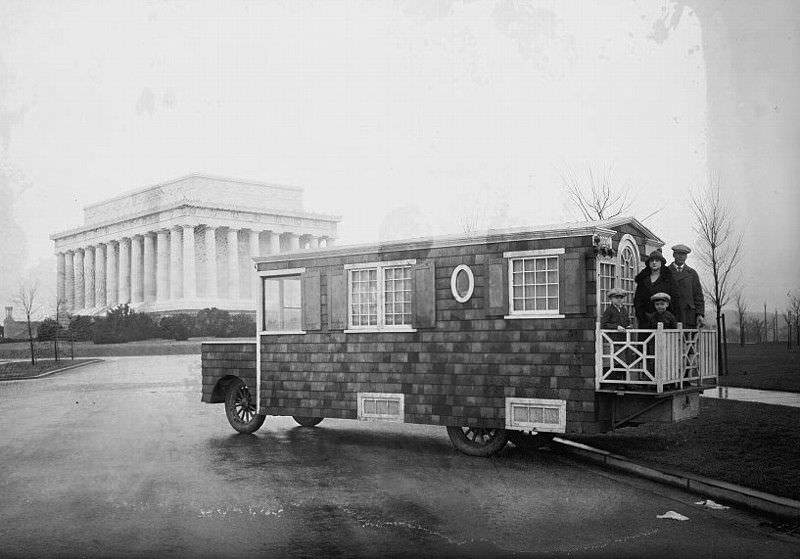
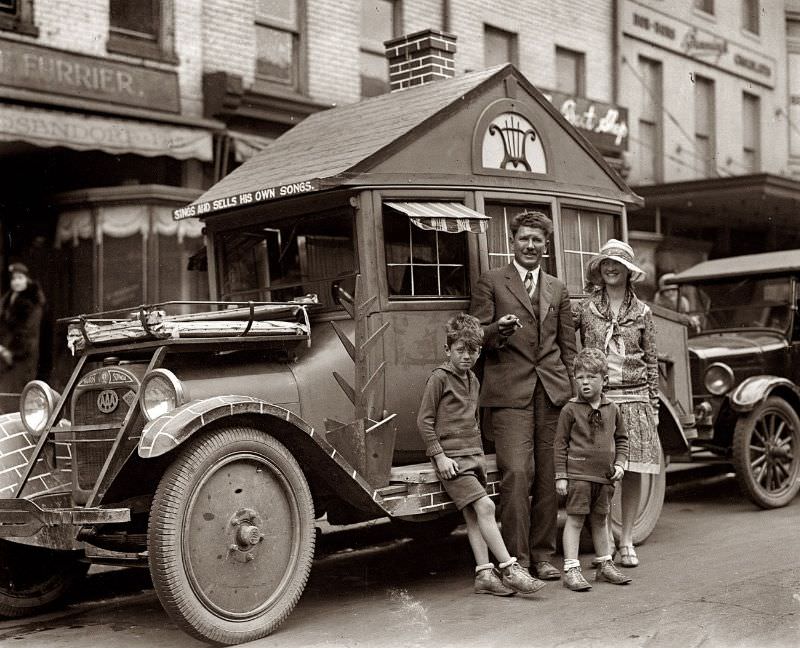
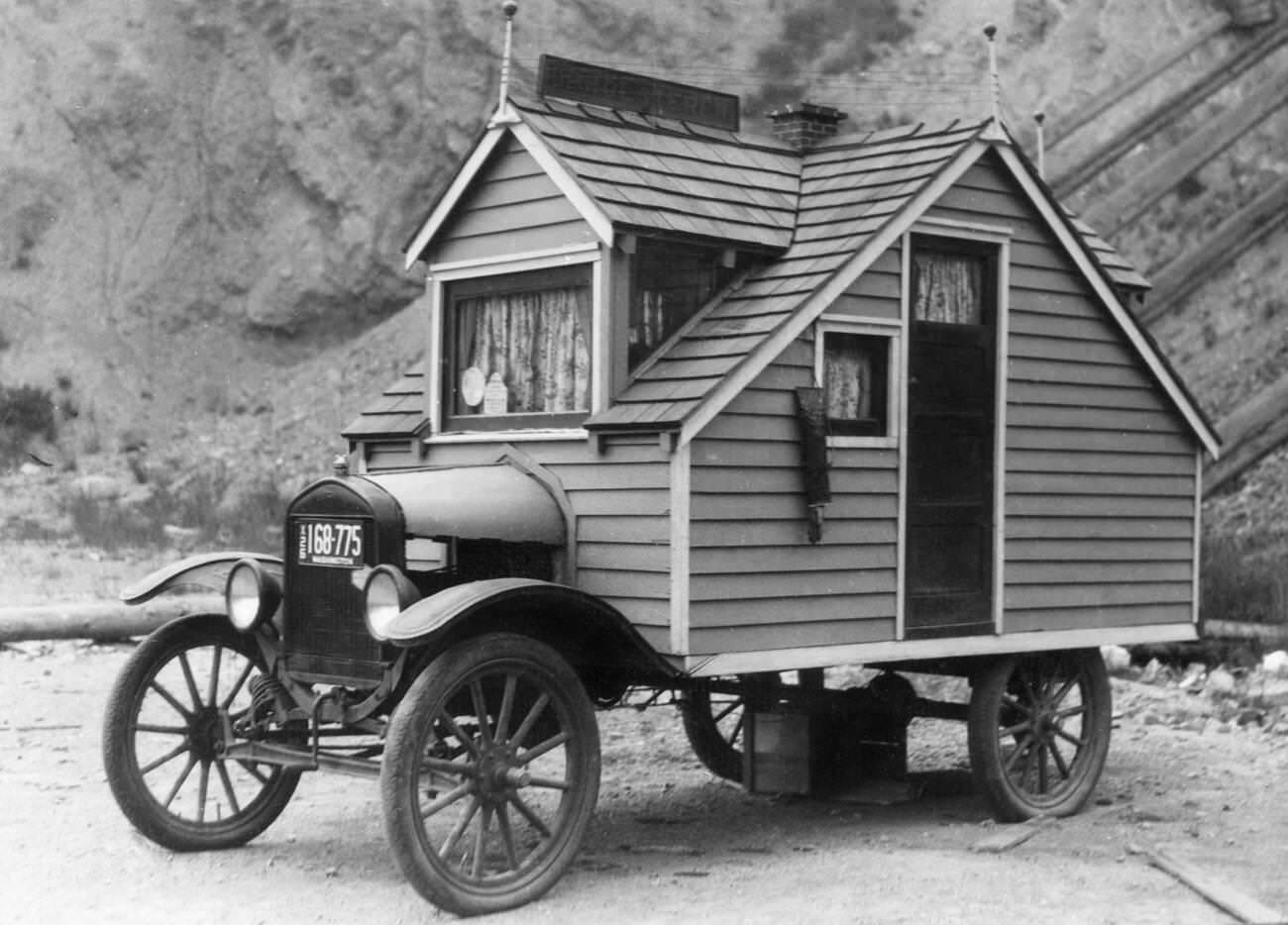
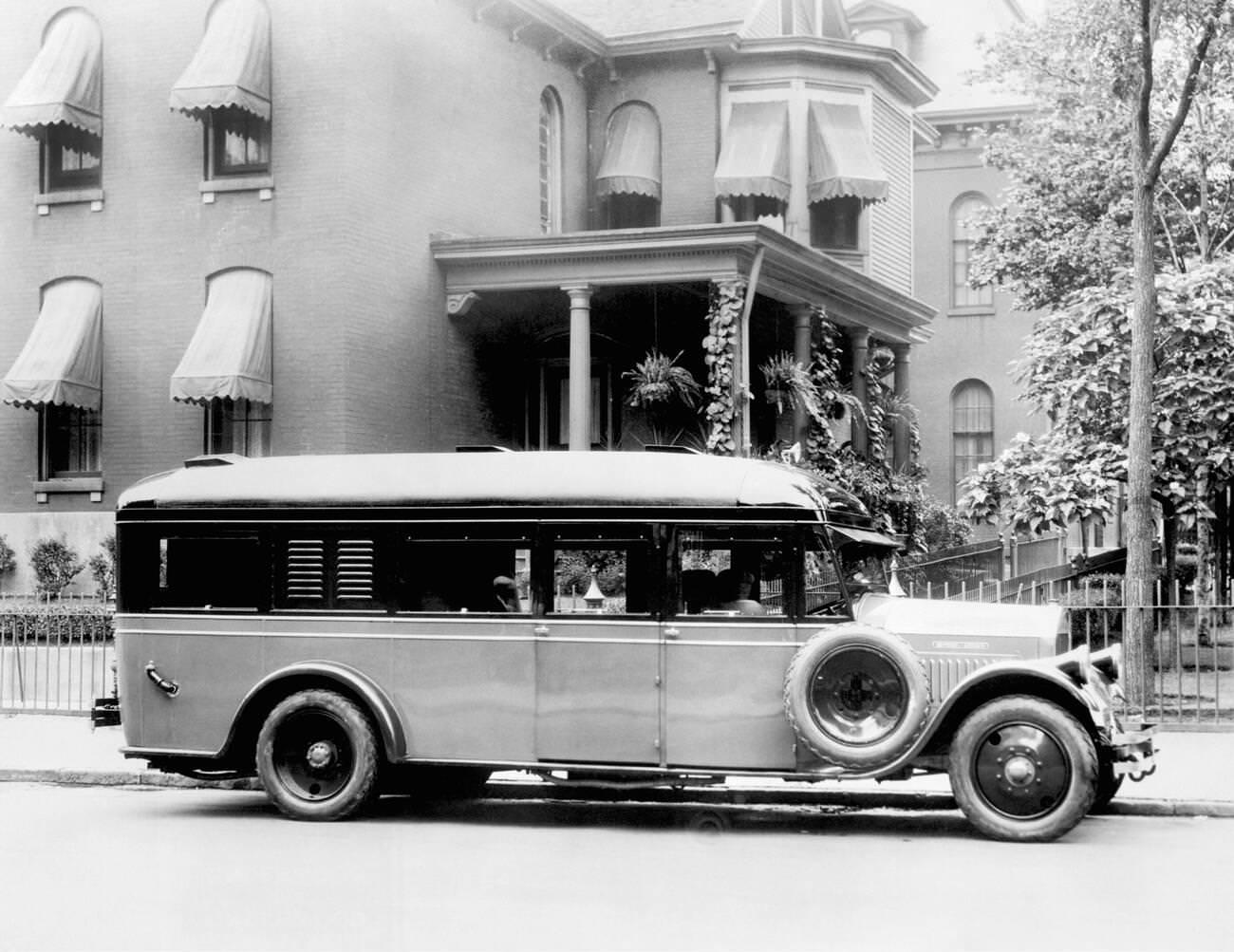
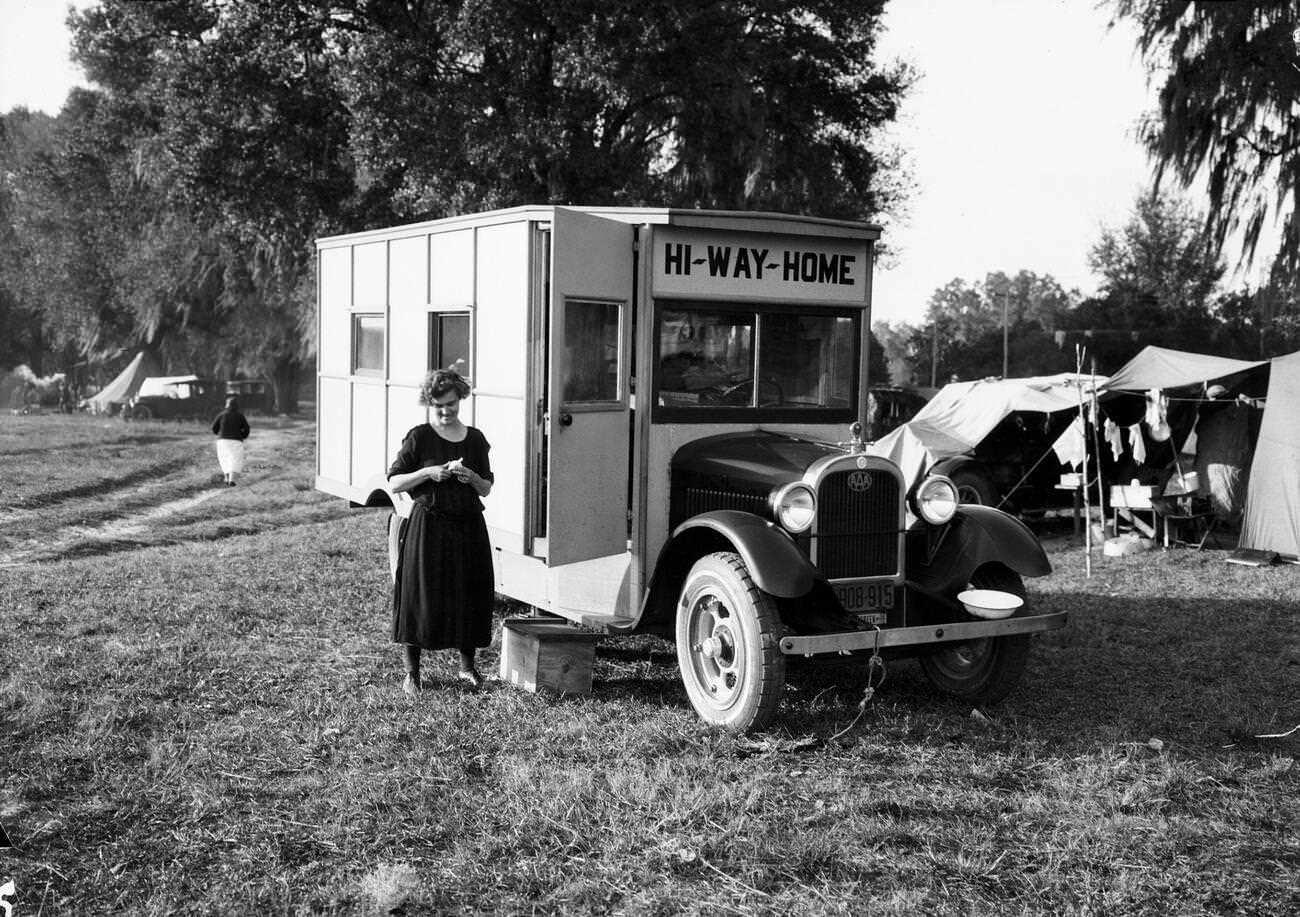
The 1930s: The Great Depression and the Rise of Trailer Parks
The Great Depression of the 1930s significantly impacted the evolution of mobile homes. Economic hardship forced many to reconsider their living situations, leading to a surge in the popularity of more affordable and mobile housing solutions. The trailer, a more compact and efficient version of the house car, became a symbol of resilience and adaptability during these tough times.
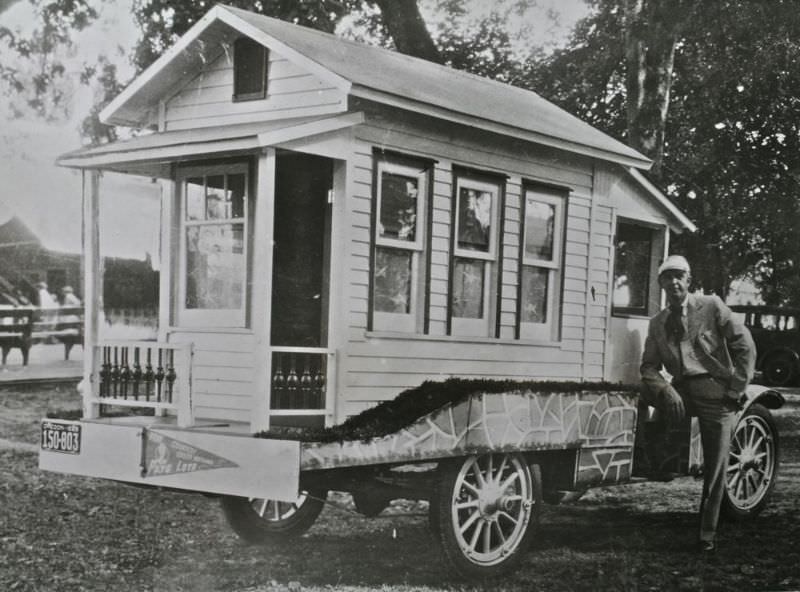
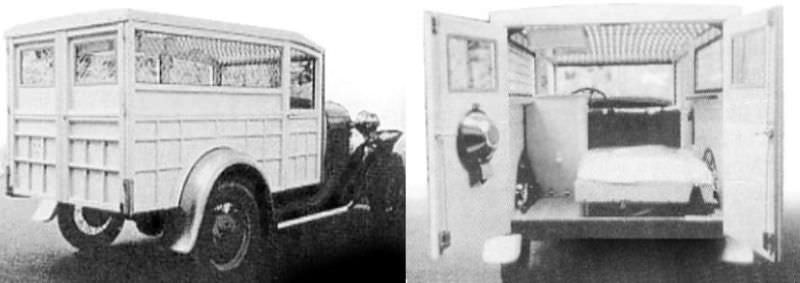
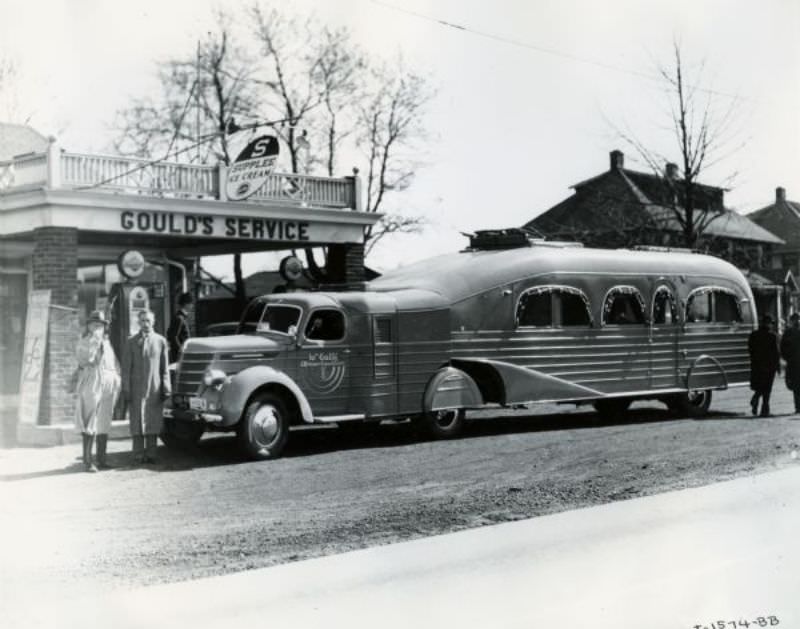
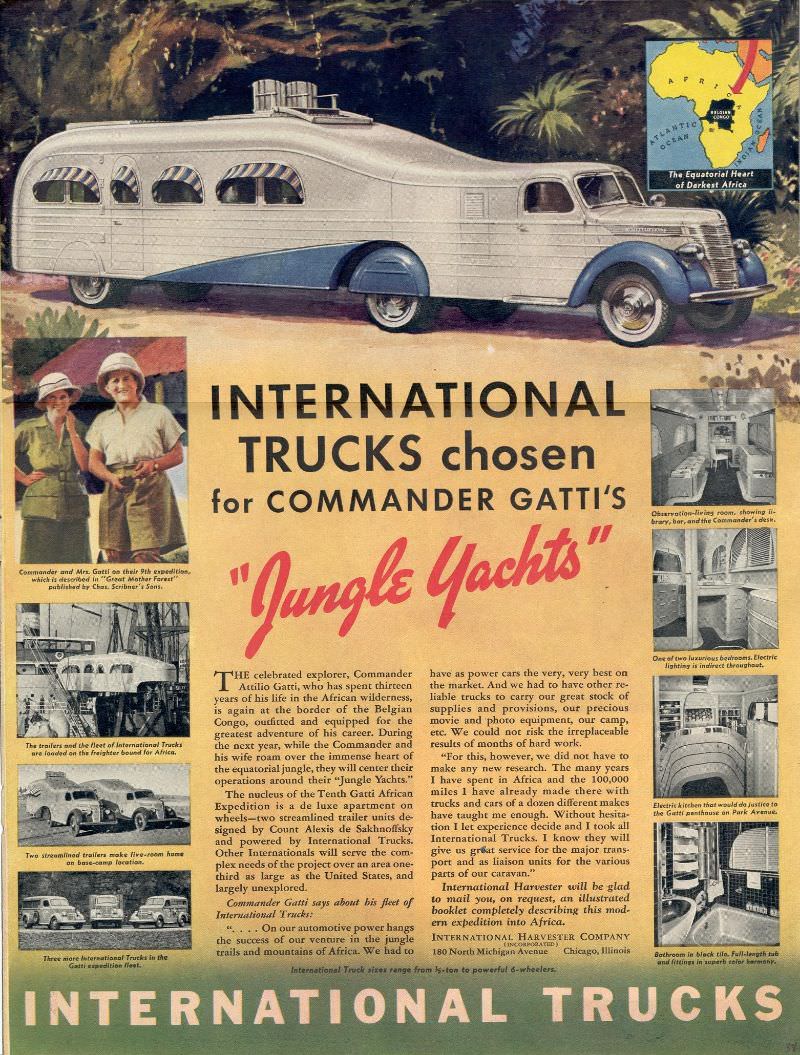
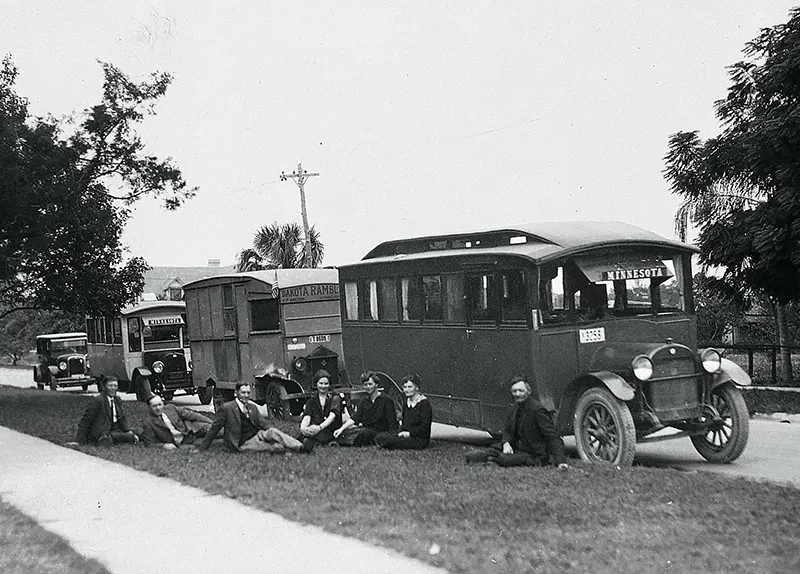
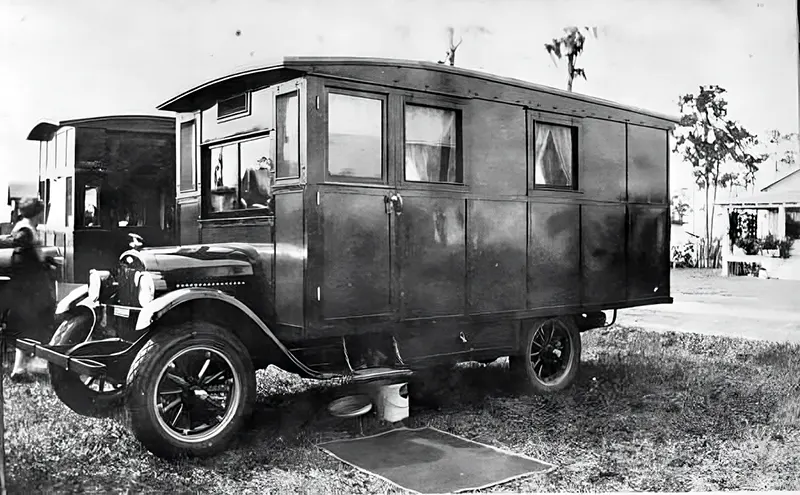
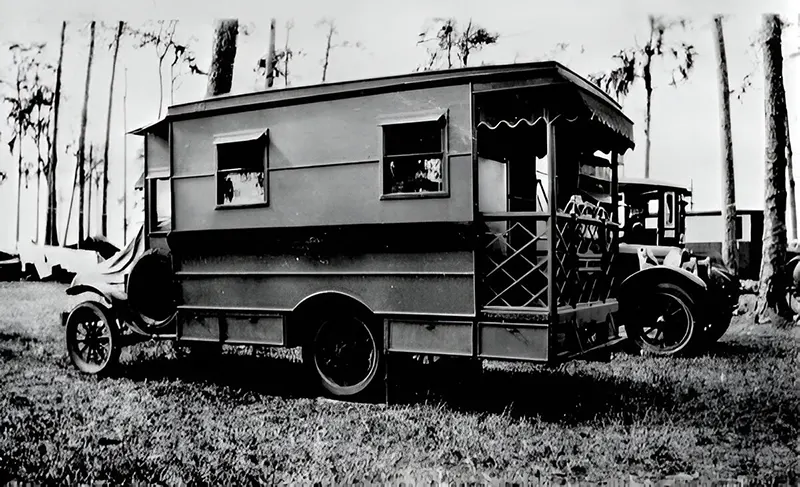
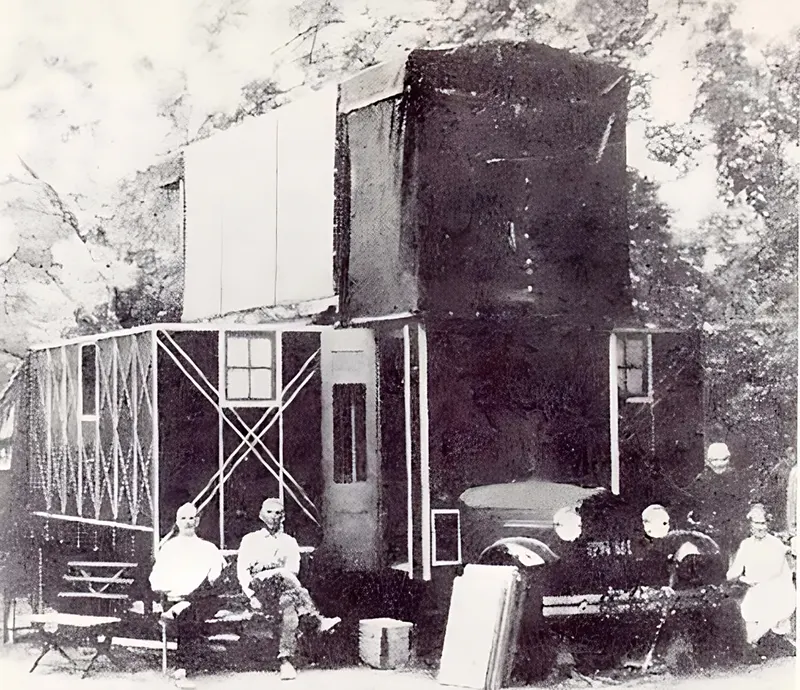
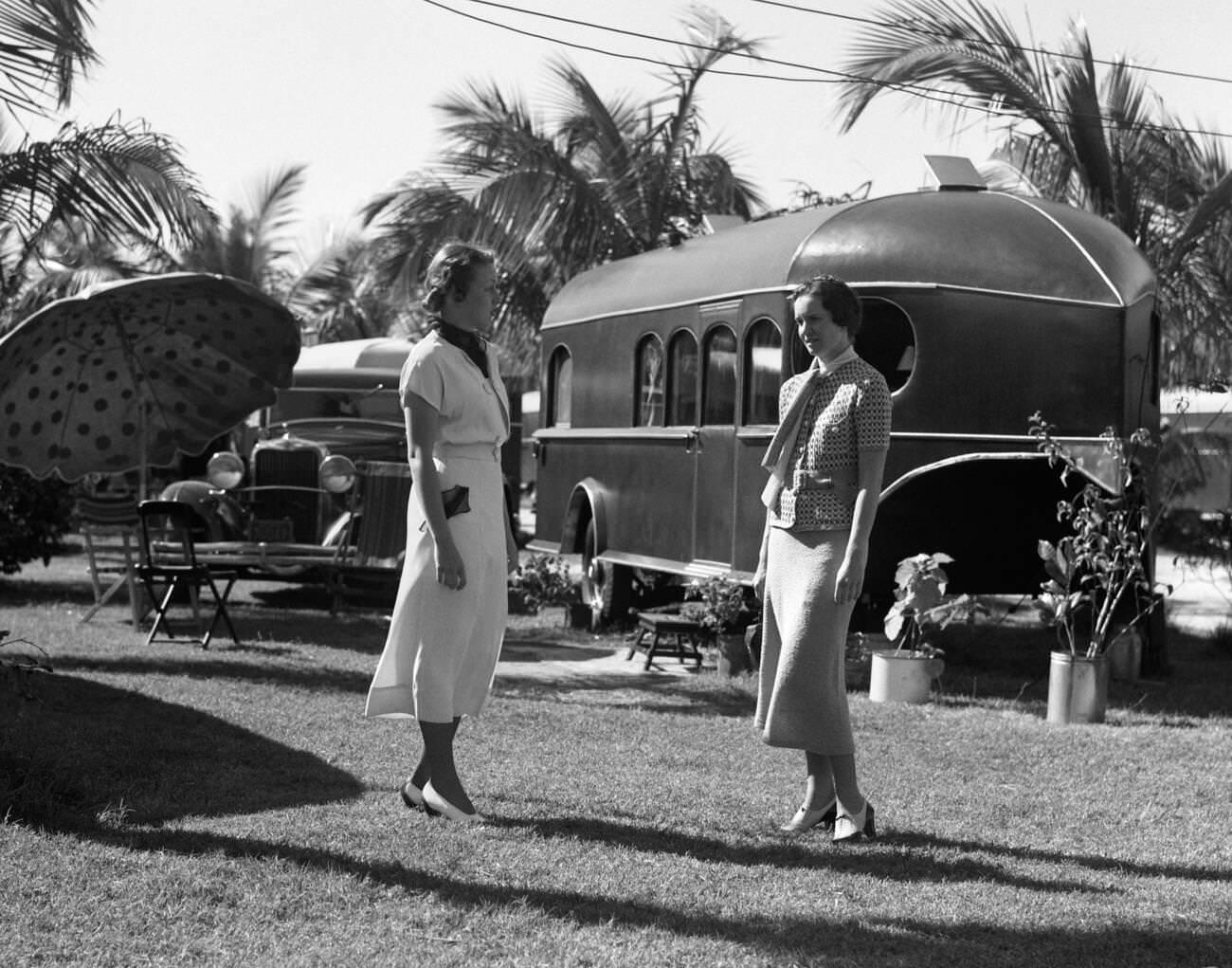
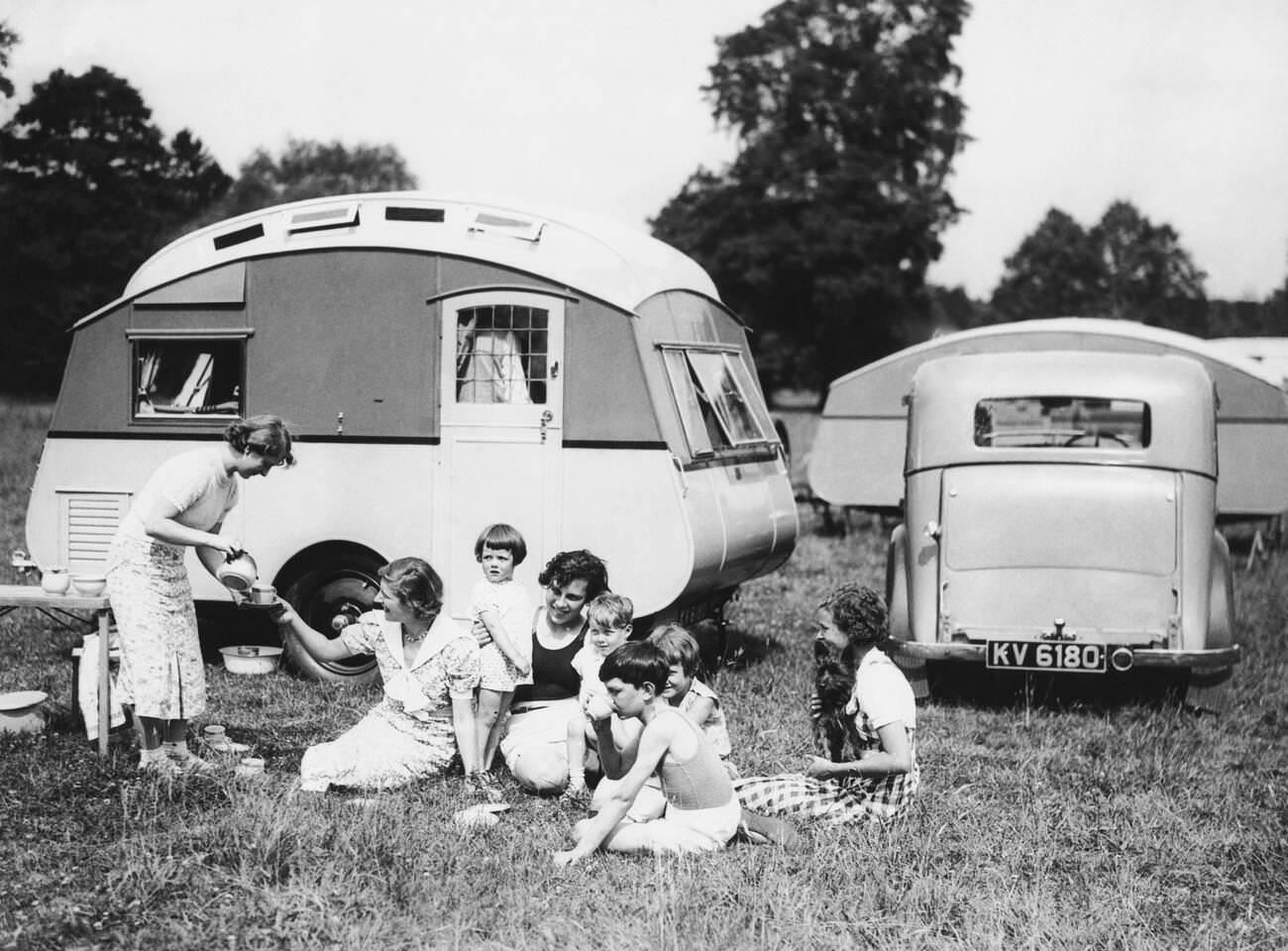
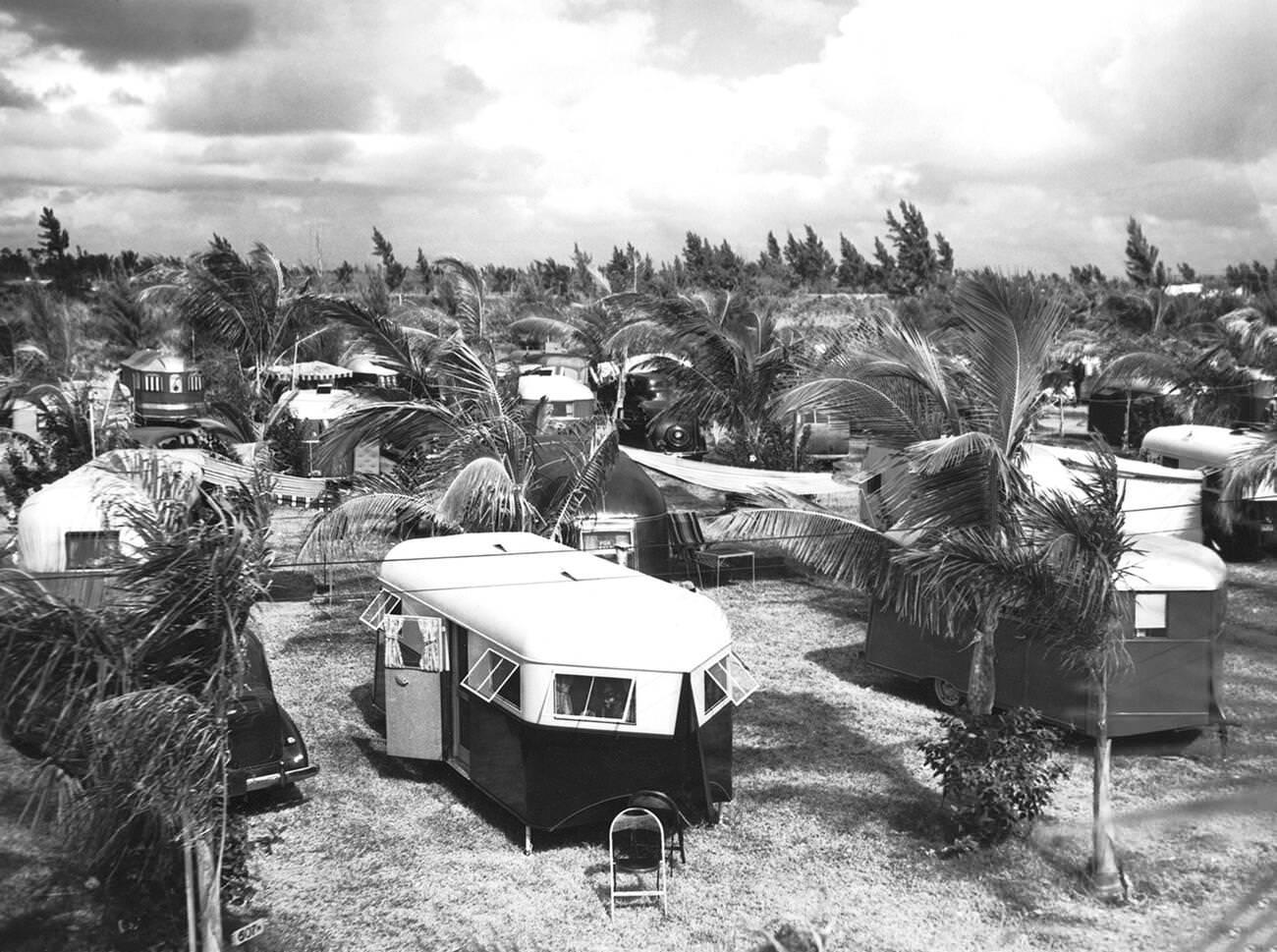
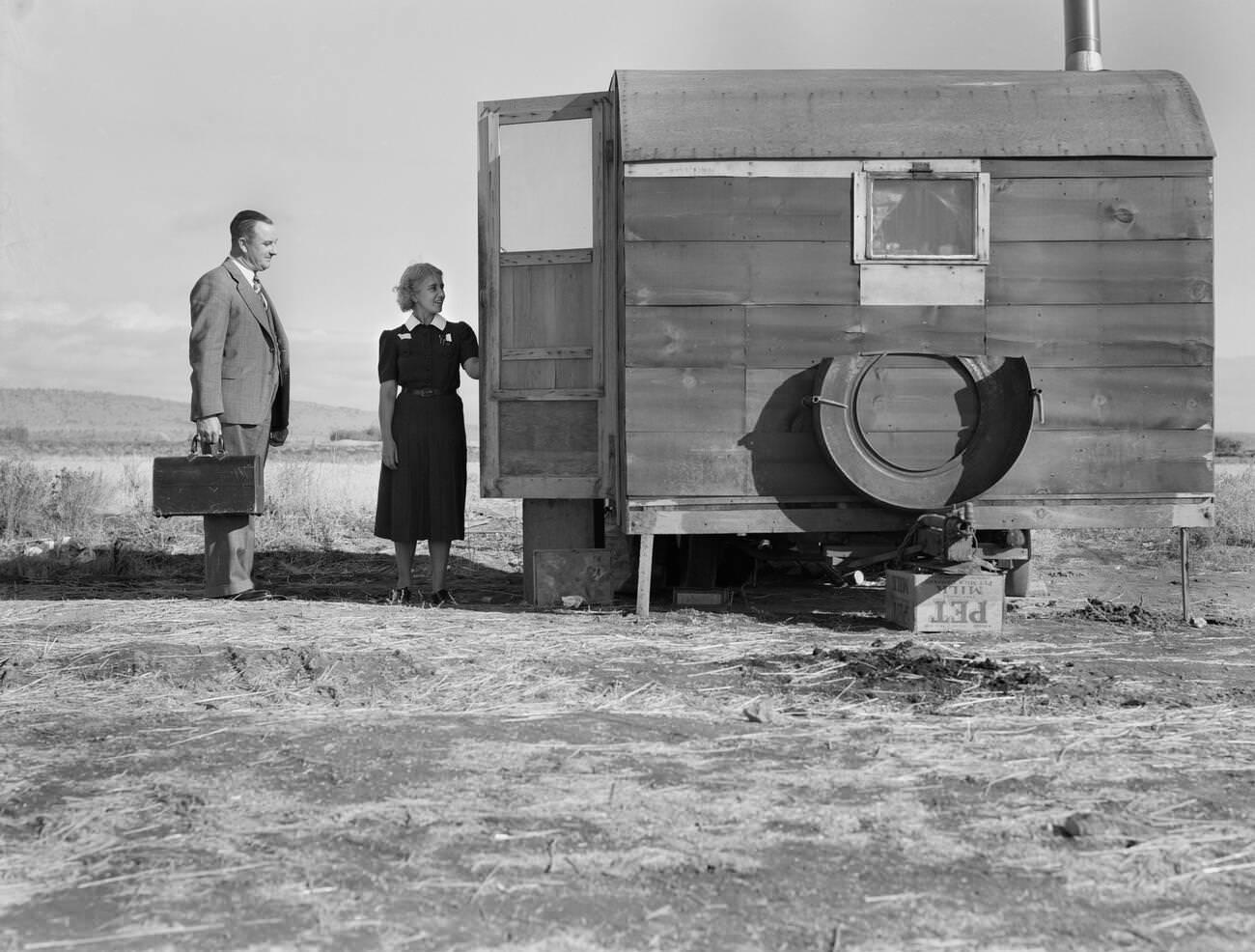
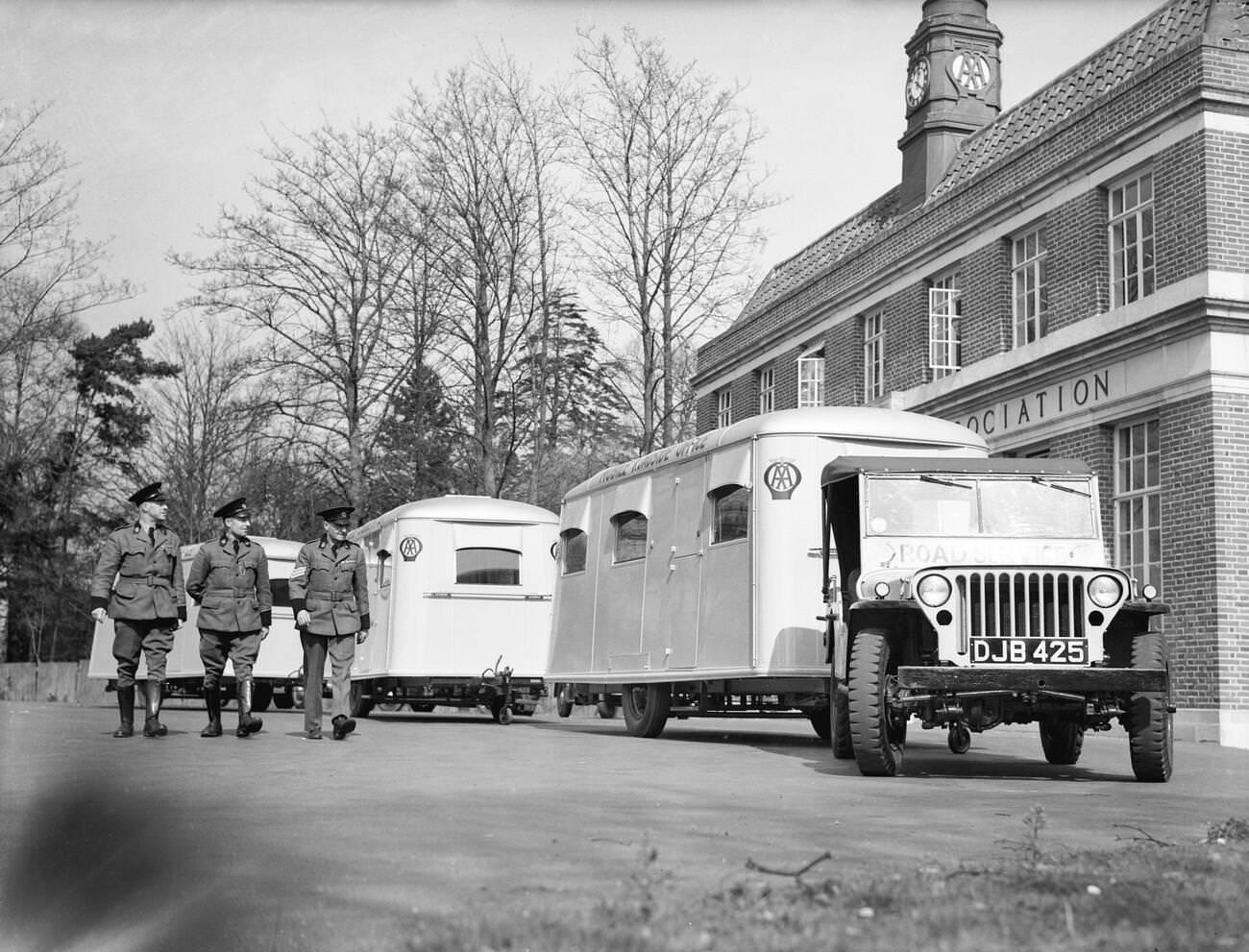
Mobile Offices from the 1930s.
Trailers of this era were designed to be more aerodynamic and lightweight, making them easier to tow with the average family car. Manufacturers began to introduce models with expandable living spaces, fold-down beds, and built-in furniture, maximizing the use of limited space. The 1930s also saw the birth of the first trailer parks, offering residents a sense of community and stability with shared amenities and services.
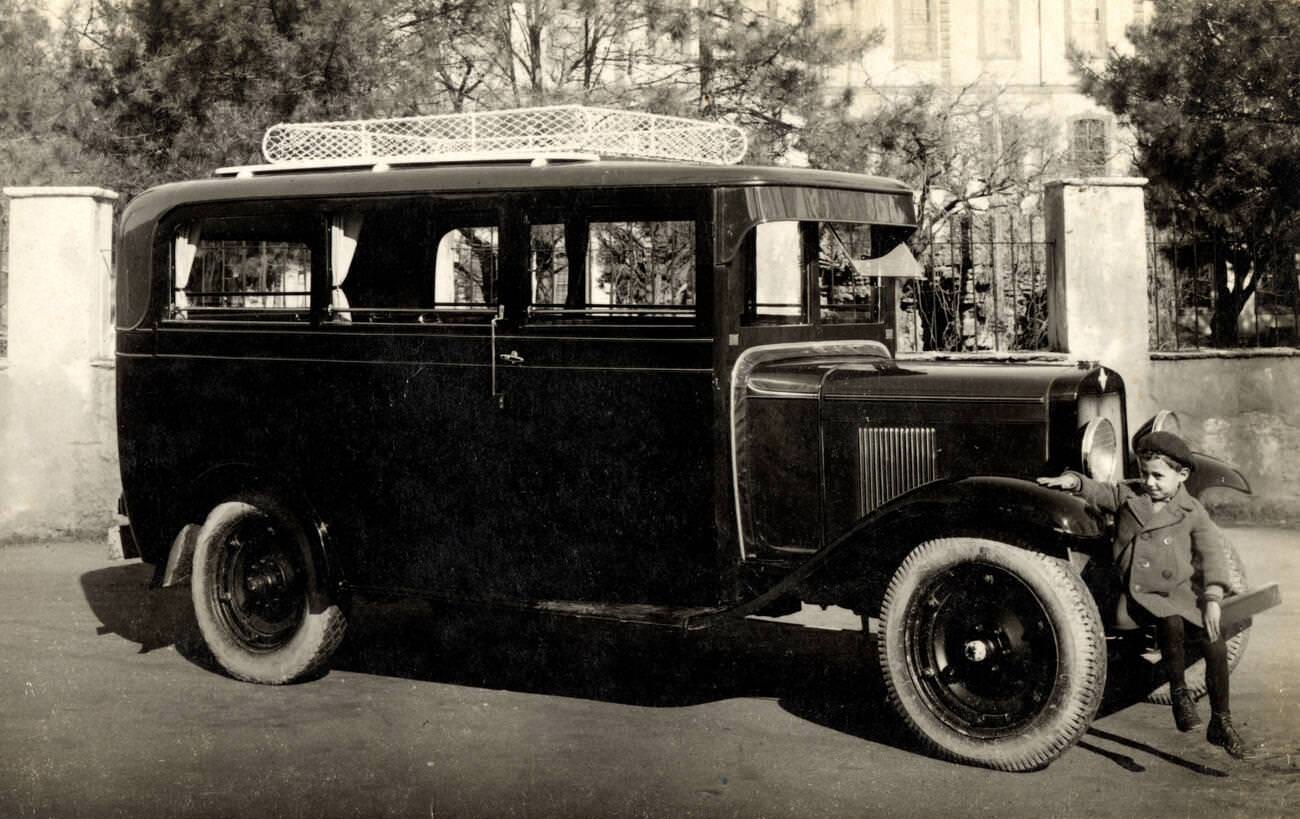
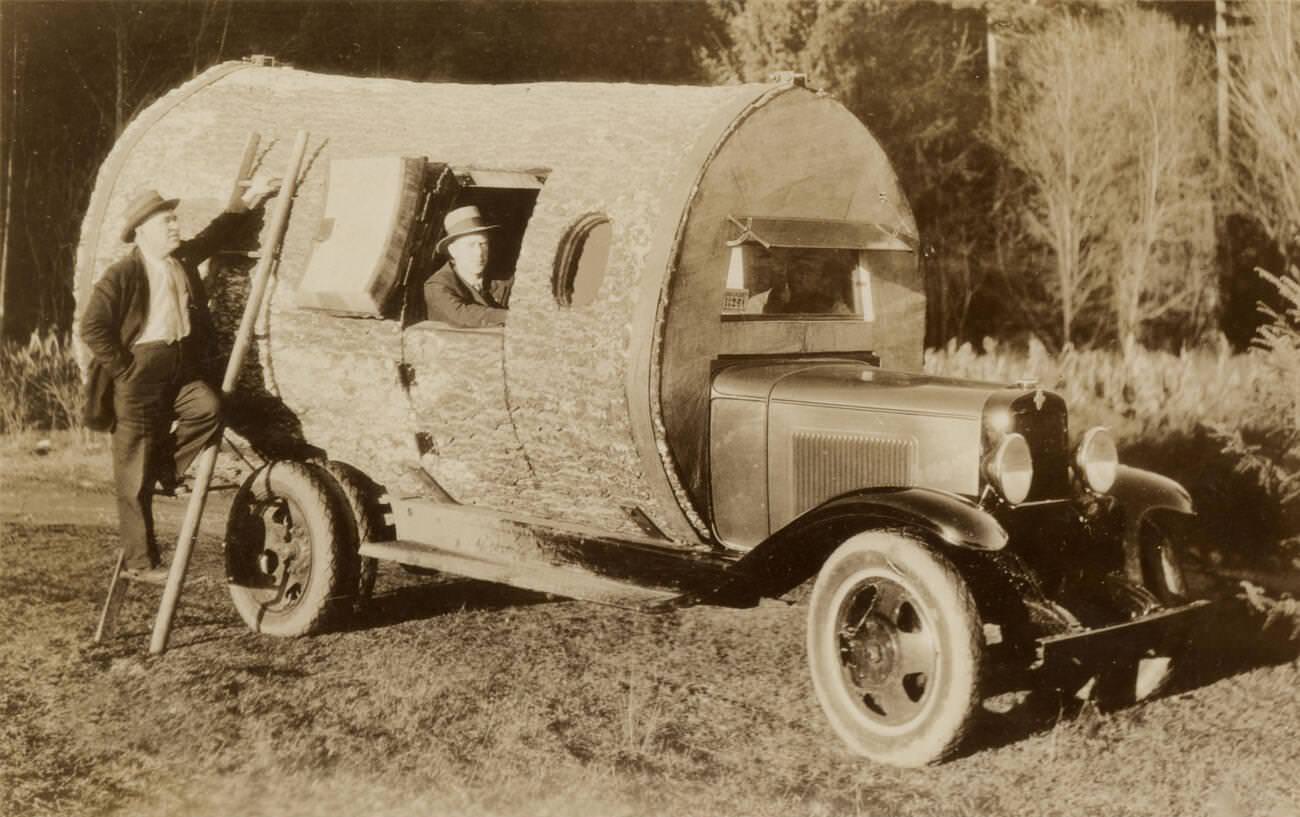
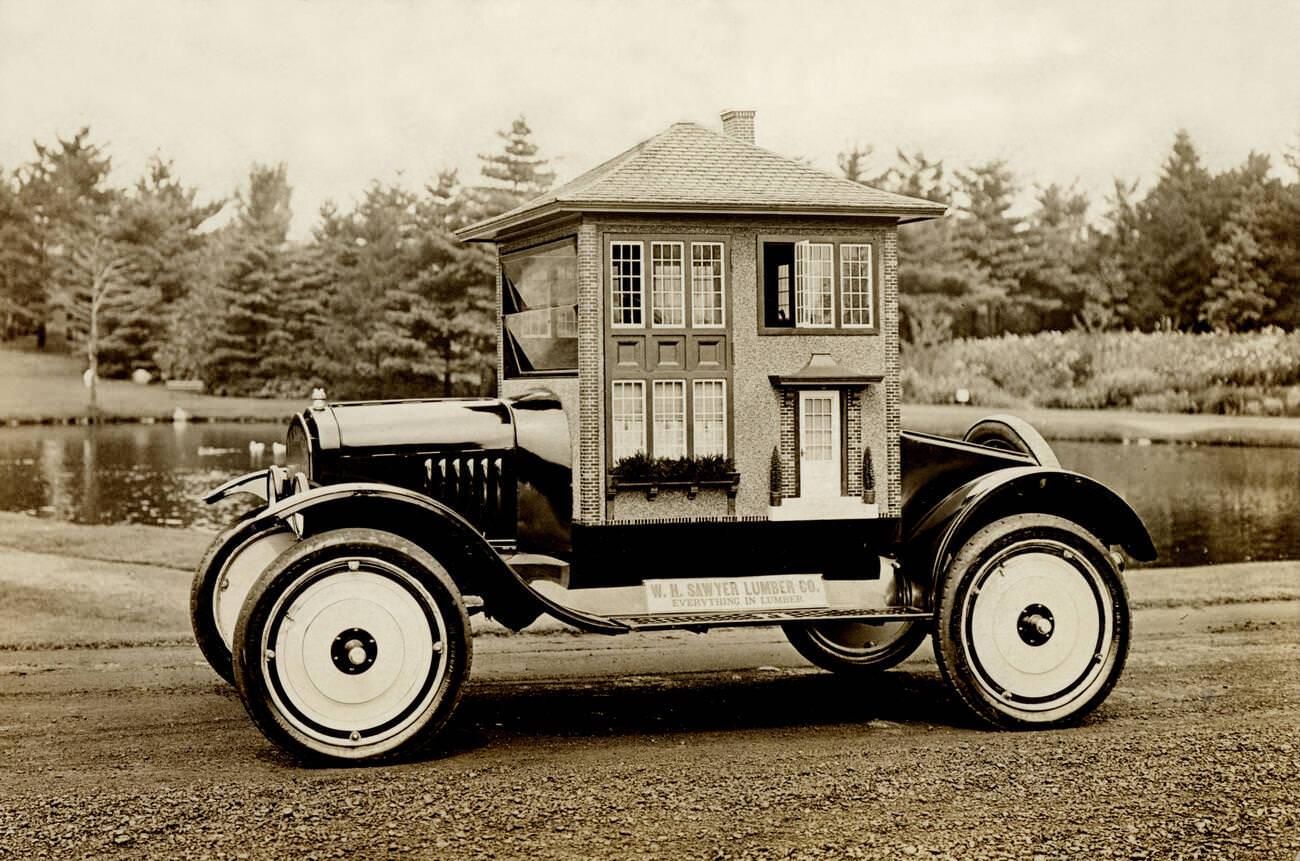
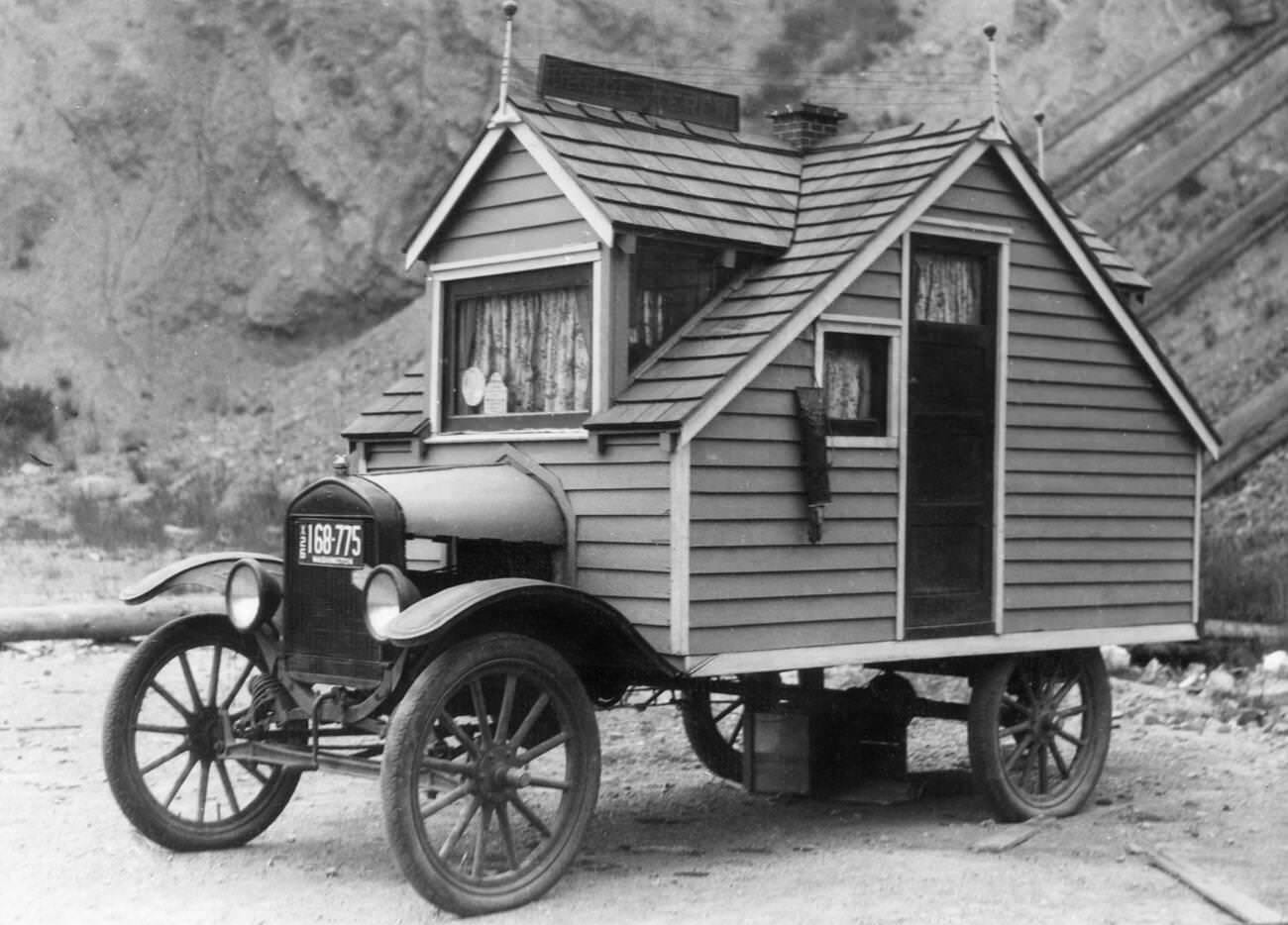
Post-World War II: A Boom in Mobile Living
The end of World War II marked a new era for mobile homes, driven by technological advancements and a booming economy. Returning veterans, seeking affordable housing options, fueled a demand that led to significant improvements in mobile home design and construction.
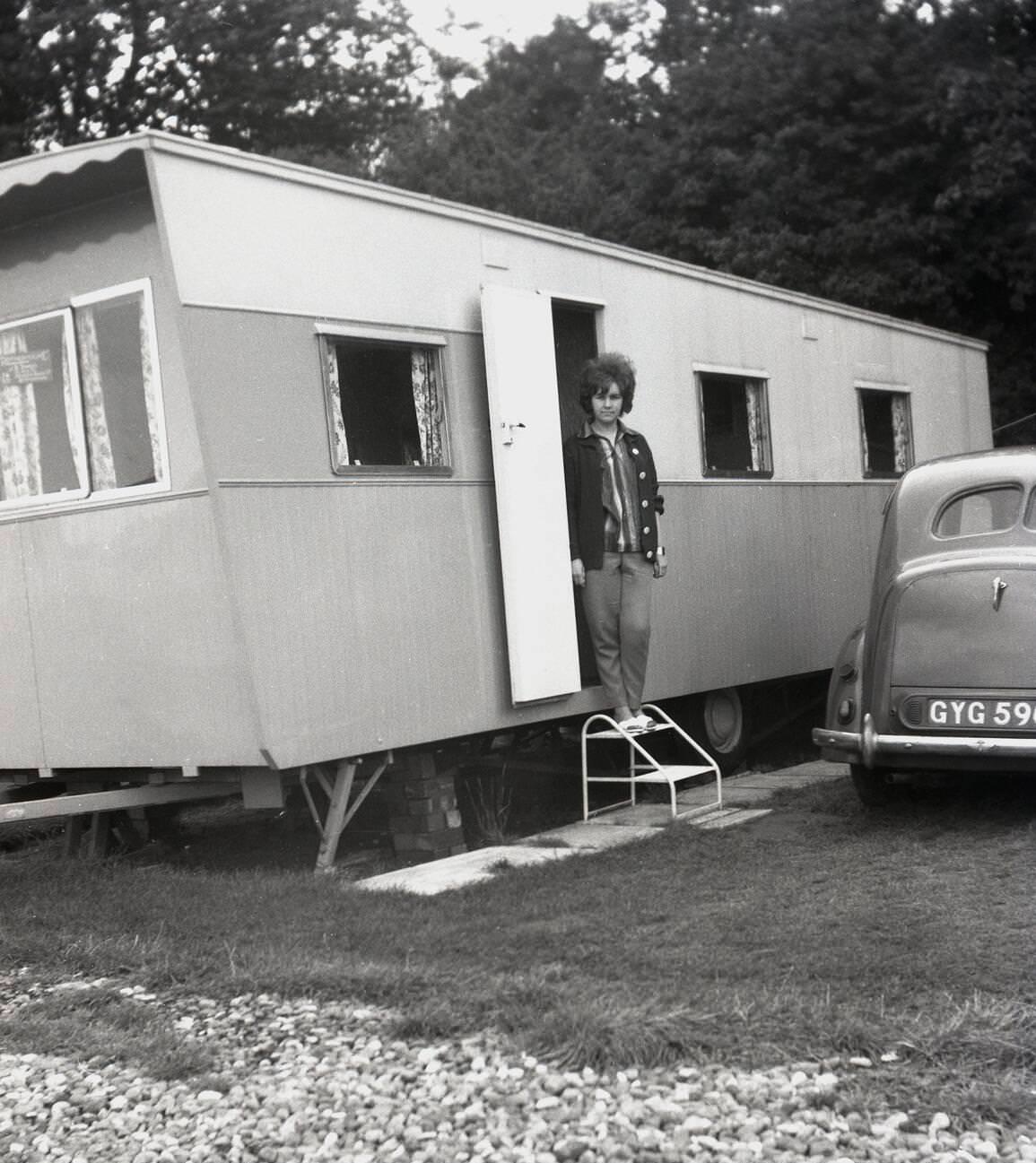
During the late 1940s and early 1950s, mobile homes began to resemble traditional houses more closely, with advancements in materials and manufacturing processes allowing for larger, more comfortable, and more aesthetically pleasing designs. These mobile homes featured distinct living areas, including separate bedrooms, fully equipped kitchens, and bathrooms with plumbing. The use of aluminum and later, vinyl siding, improved insulation, and durability, making mobile homes suitable for year-round living.
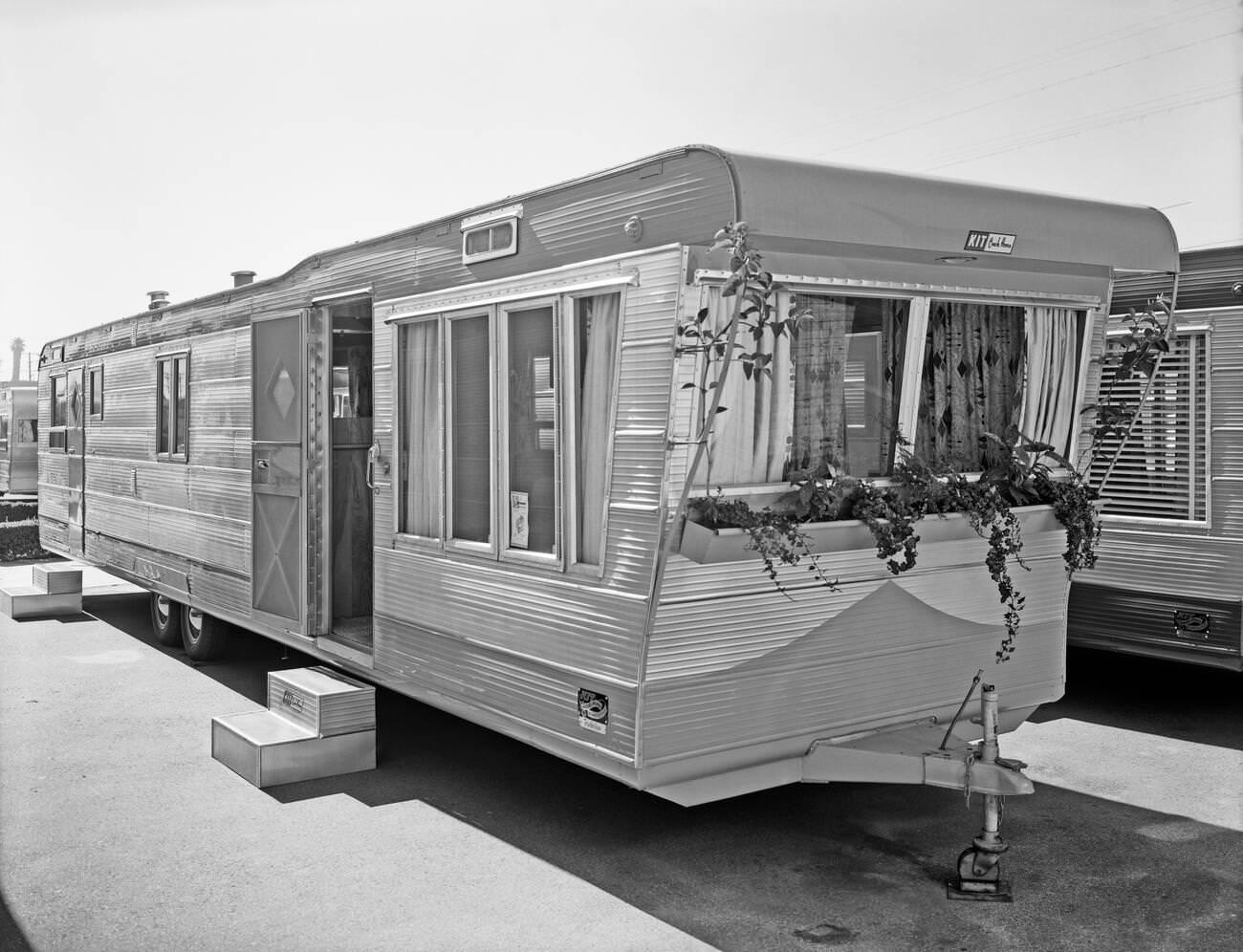
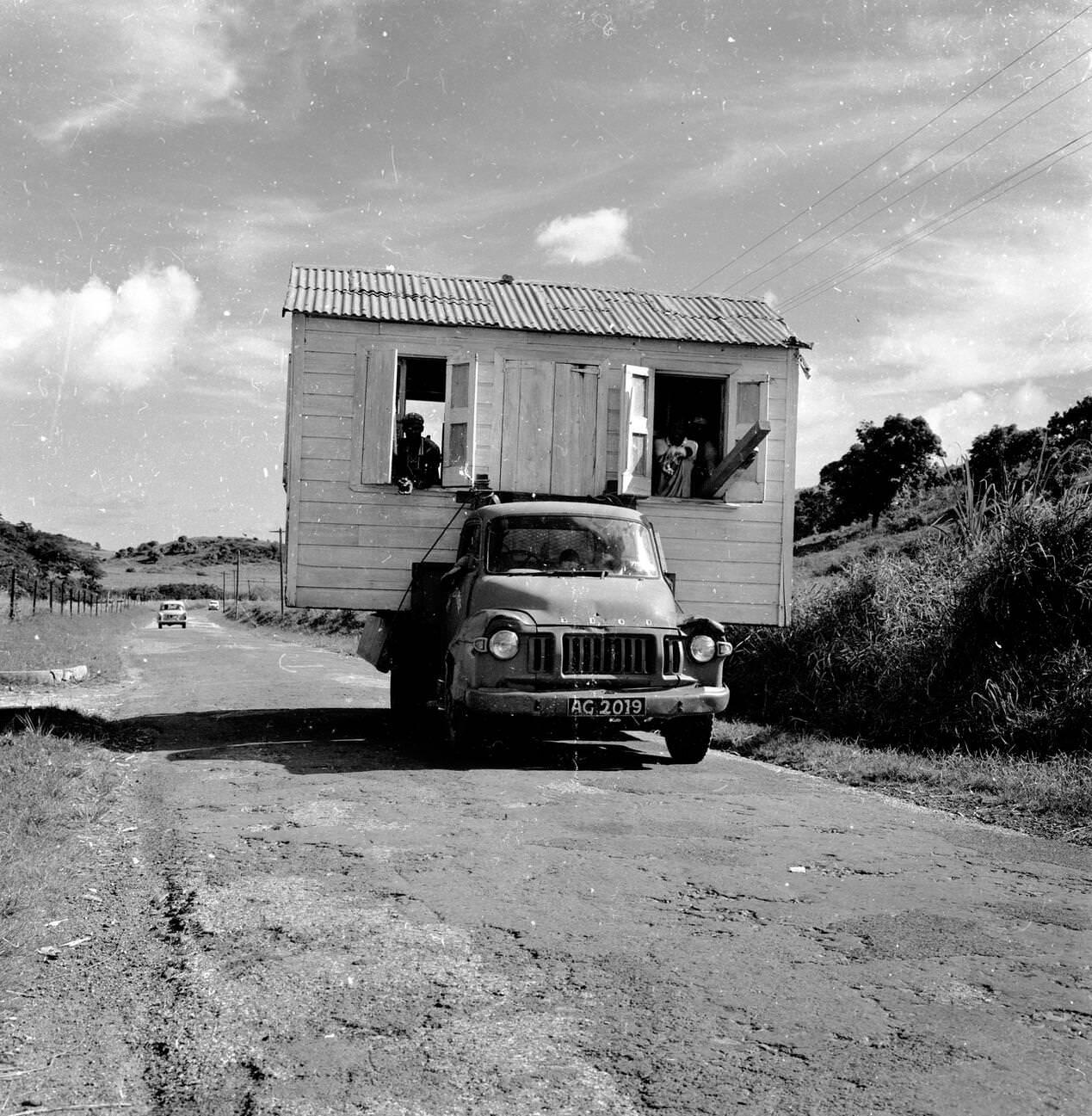
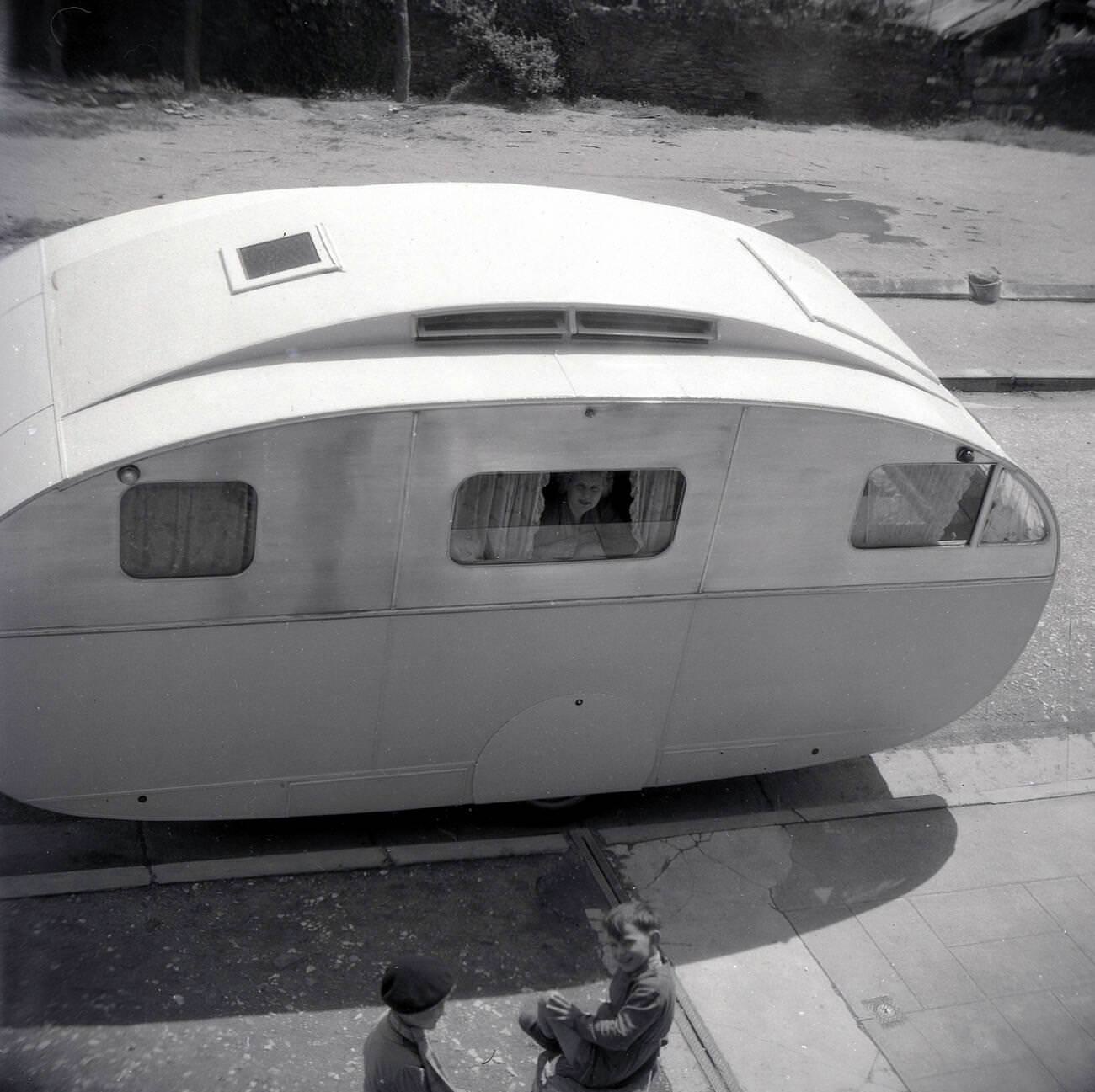
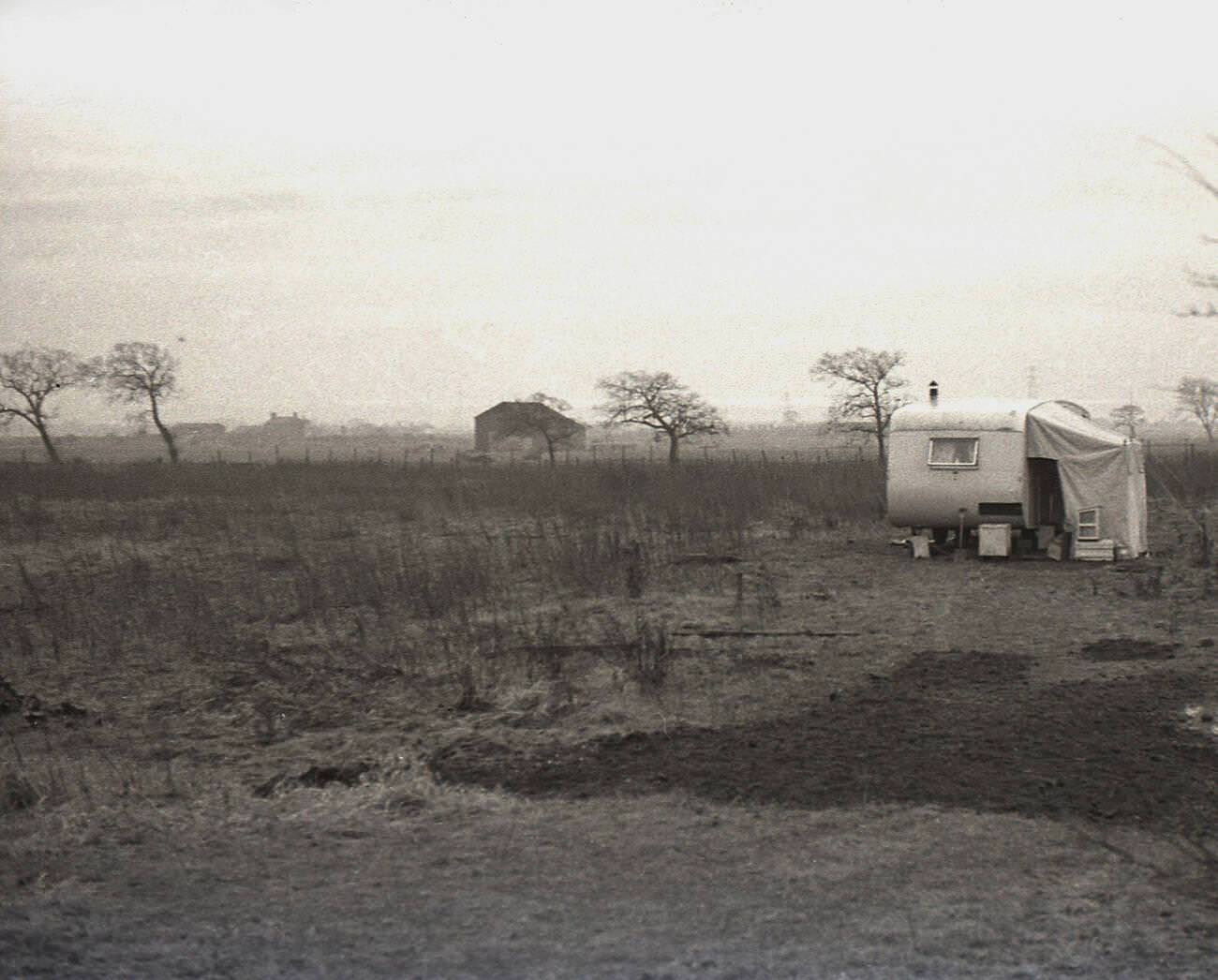
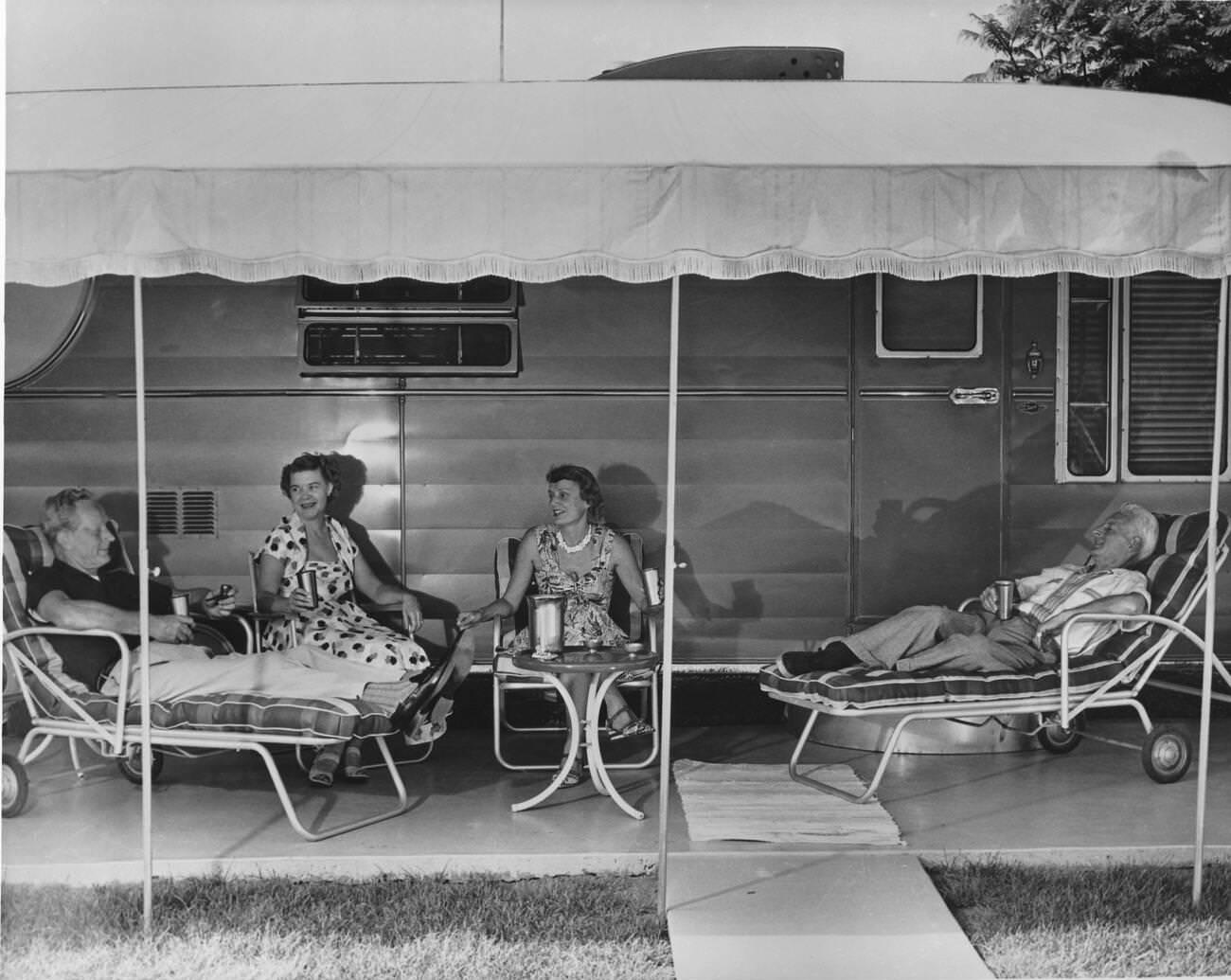
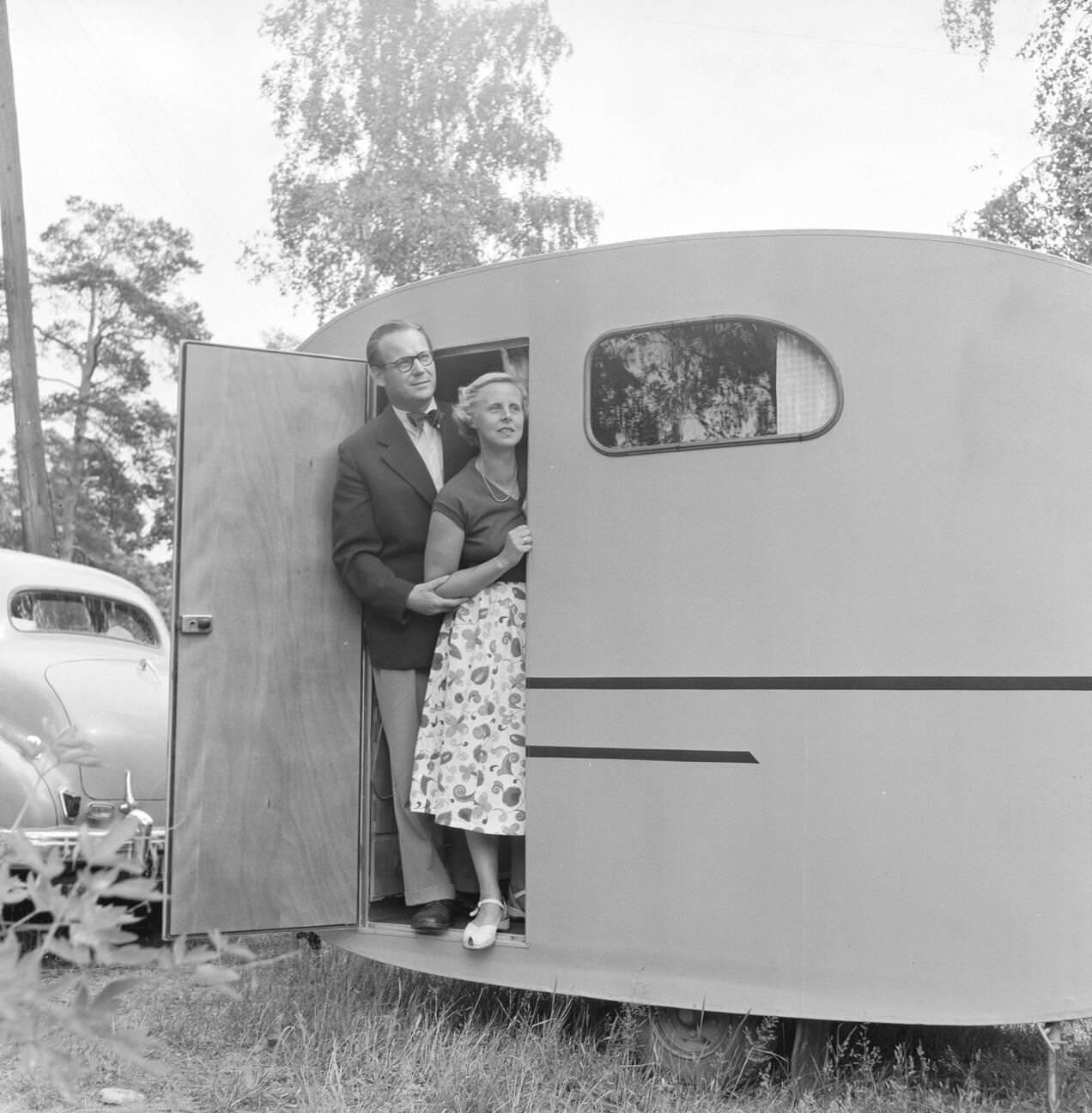
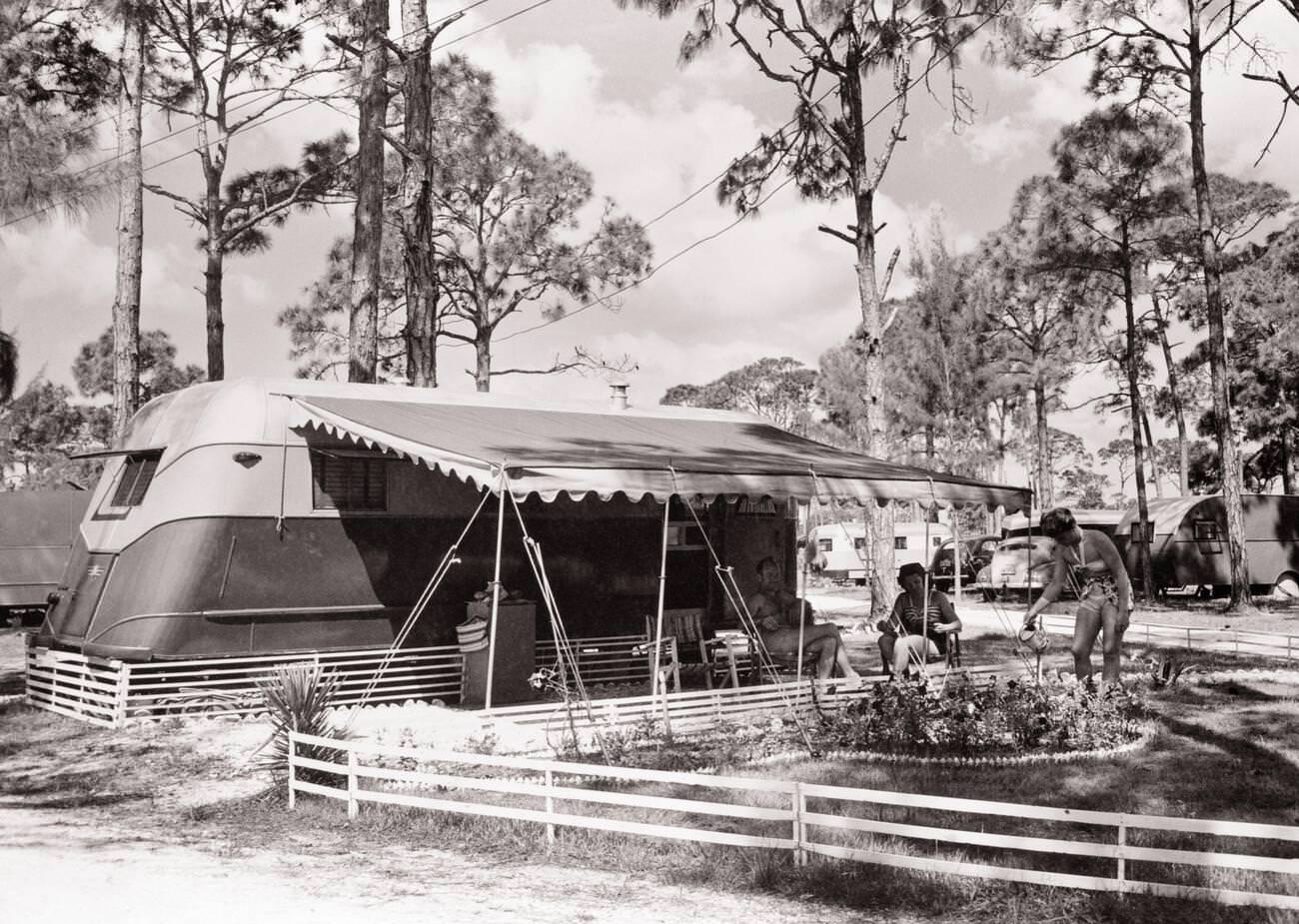
By the 1950s, mobile homes boasted a variety of floor plans and styles, catering to different tastes and needs. Innovations such as the “pull-out” living room or the introduction of split-level designs showcased the industry’s adaptability and responsiveness to consumer demand. The interior of mobile homes became more refined, with built-in cabinets, hardwood floors, and modern appliances becoming standard features.
The 1960s and 1970s: Expansion and Acceptance
The 1960s and 1970s marked a period of expansion and greater societal acceptance for mobile living. The introduction of the Mobile Home Construction and Safety Act of 1974 by the U.S. Department of Housing and Urban Development (HUD) standardized building codes for mobile homes, significantly improving their safety, durability, and comfort. This era saw mobile homes grow in size and sophistication, with double-wide models becoming popular, offering living spaces that rivaled traditional stick-built homes in both size and amenities.
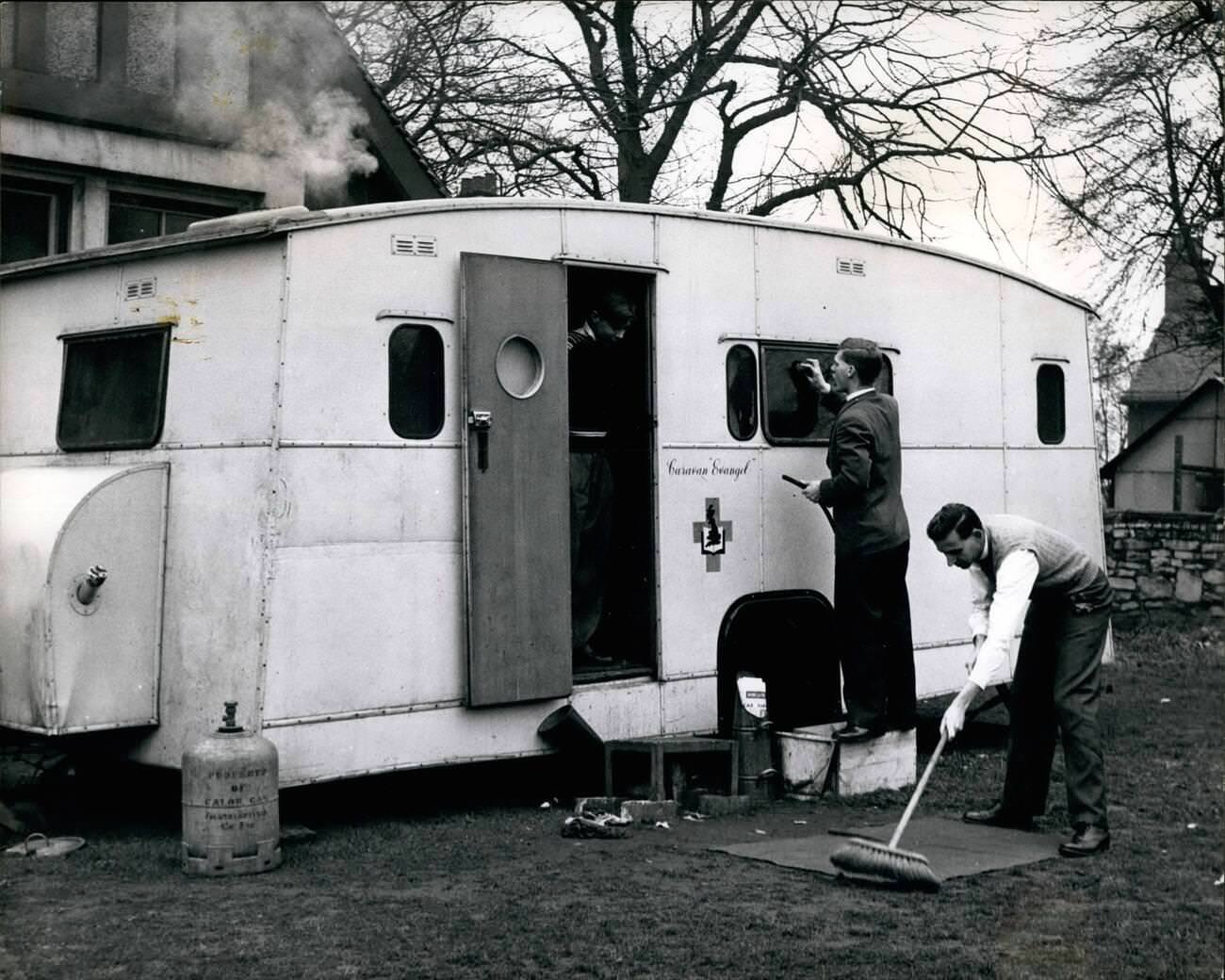
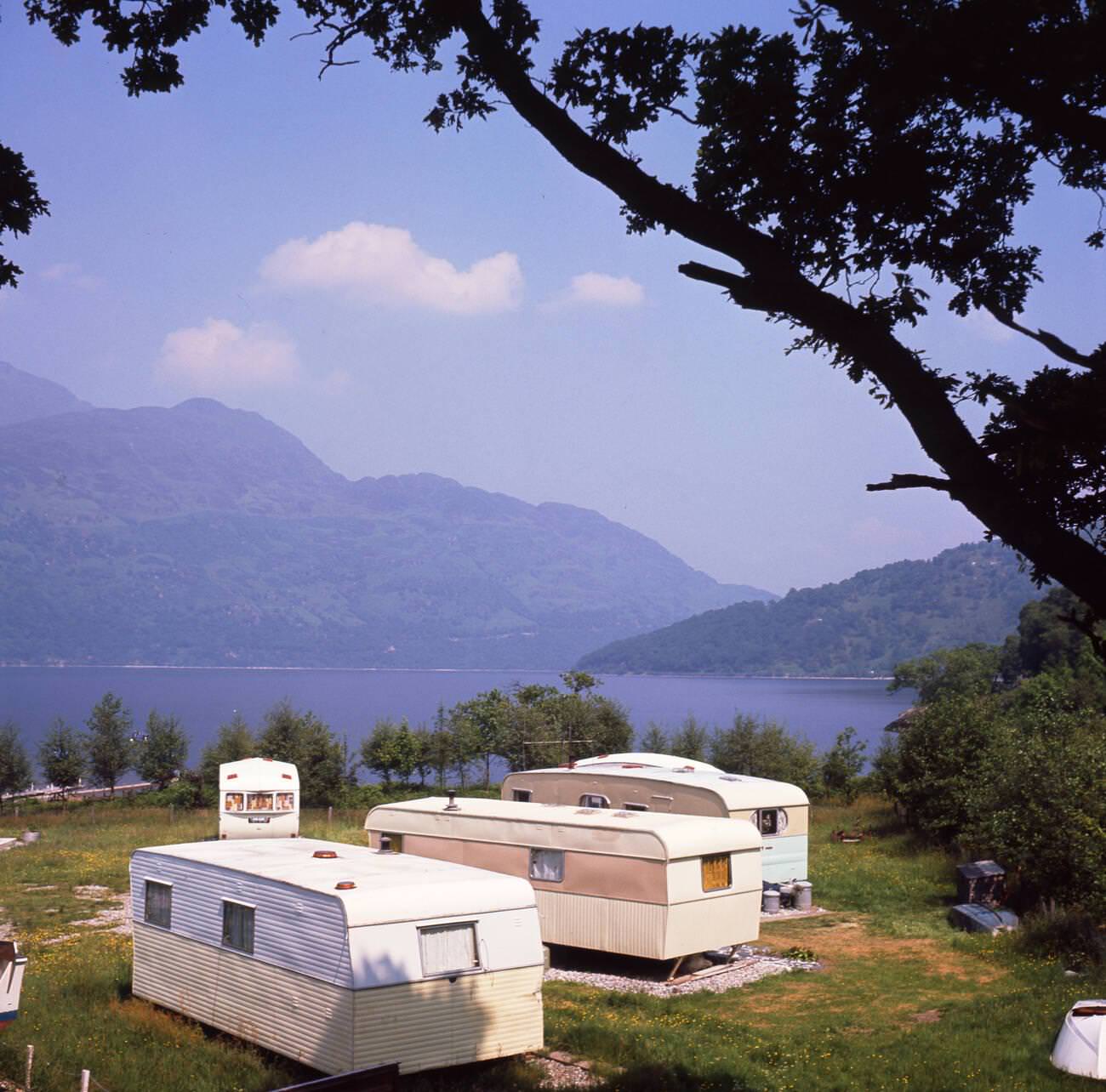
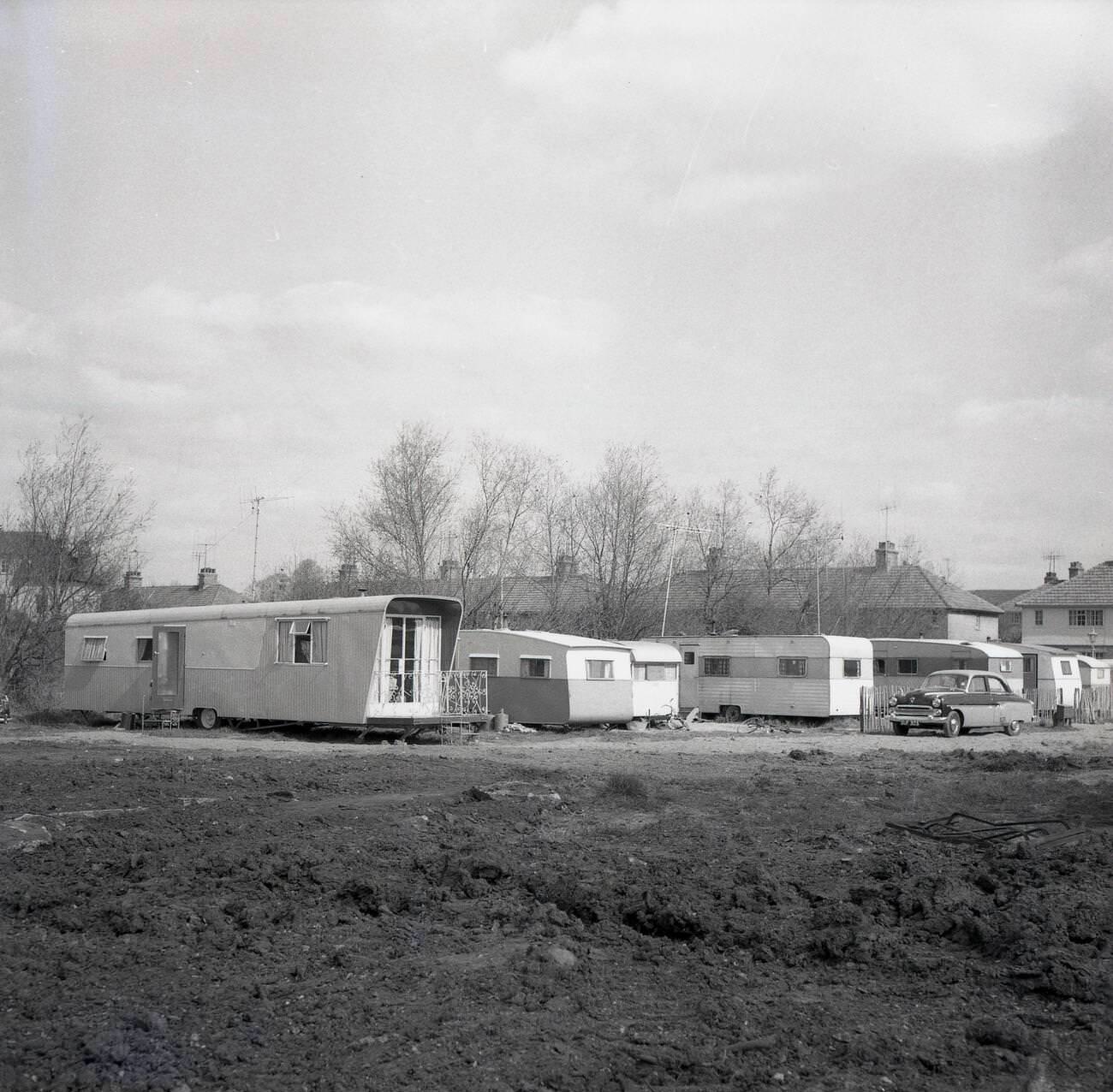
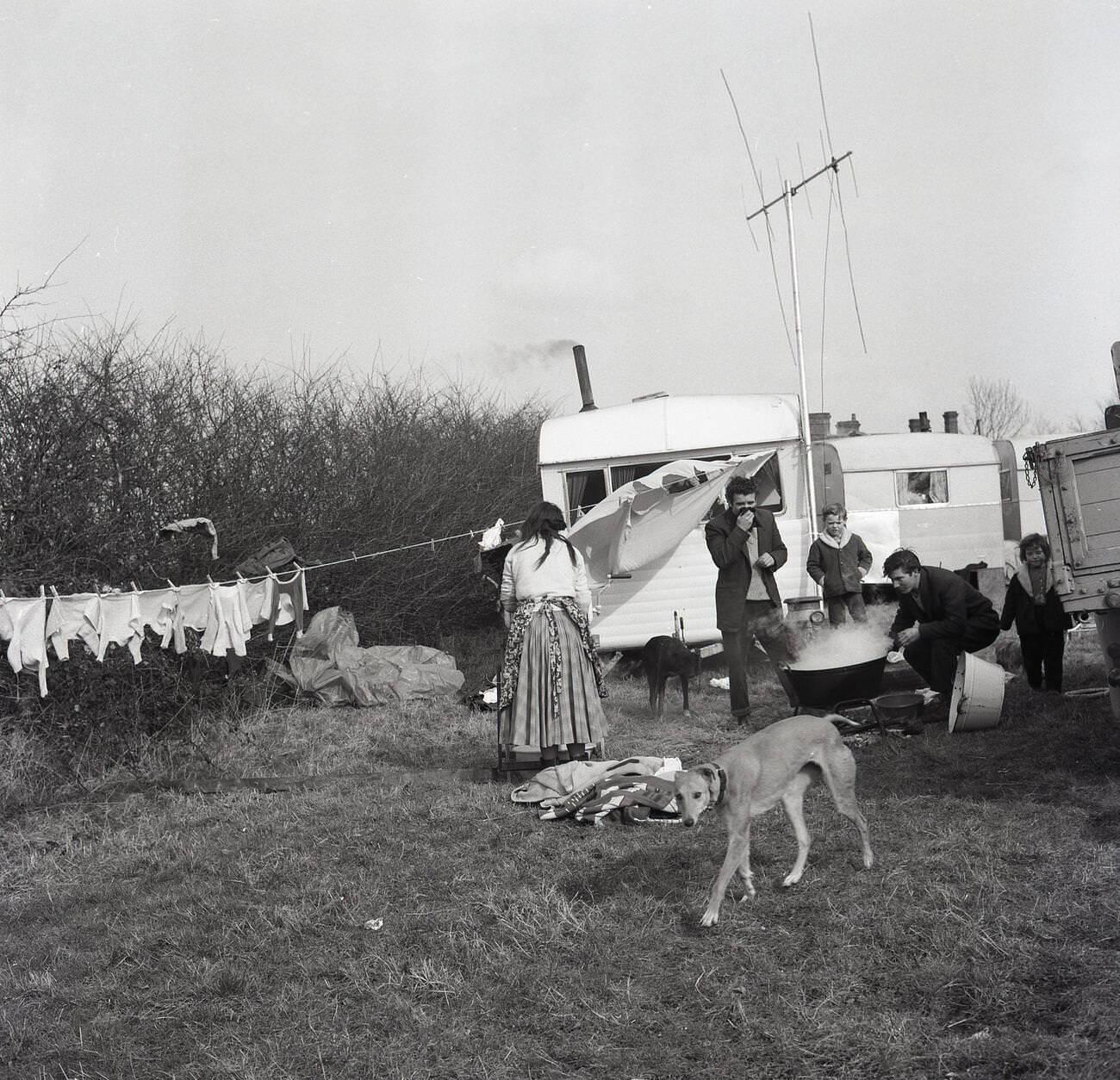
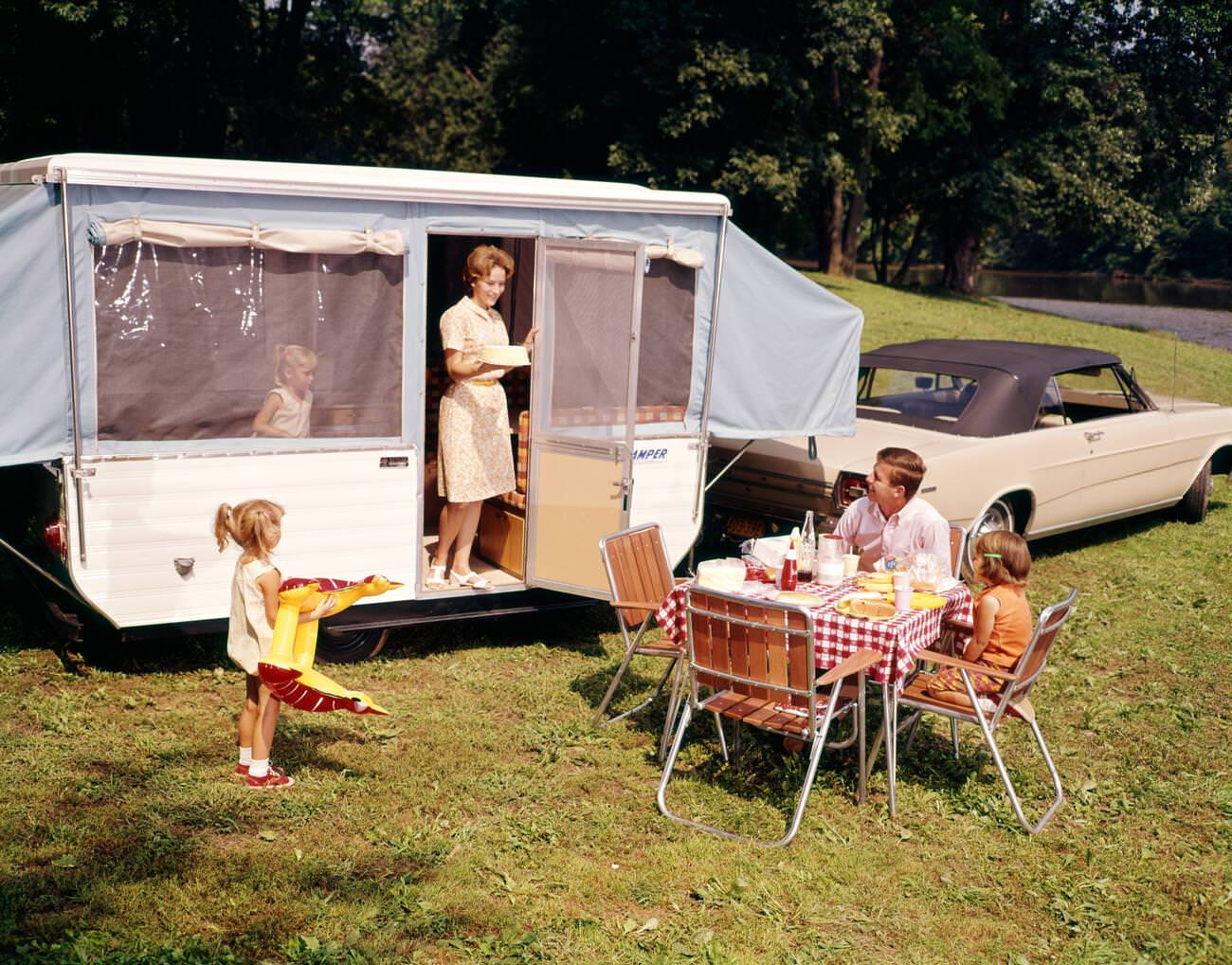
Interiors became more luxurious, featuring larger kitchens, multiple bathrooms, and expanded living areas. The exterior designs also saw improvements, with more attention to aesthetic details such as pitched roofs, bay windows, and exterior siding that mimicked traditional homes. The community aspect of mobile living flourished, with the development of mobile home parks that offered shared amenities like pools, clubhouses, and recreational areas, further solidifying mobile homes as a viable and desirable housing option.
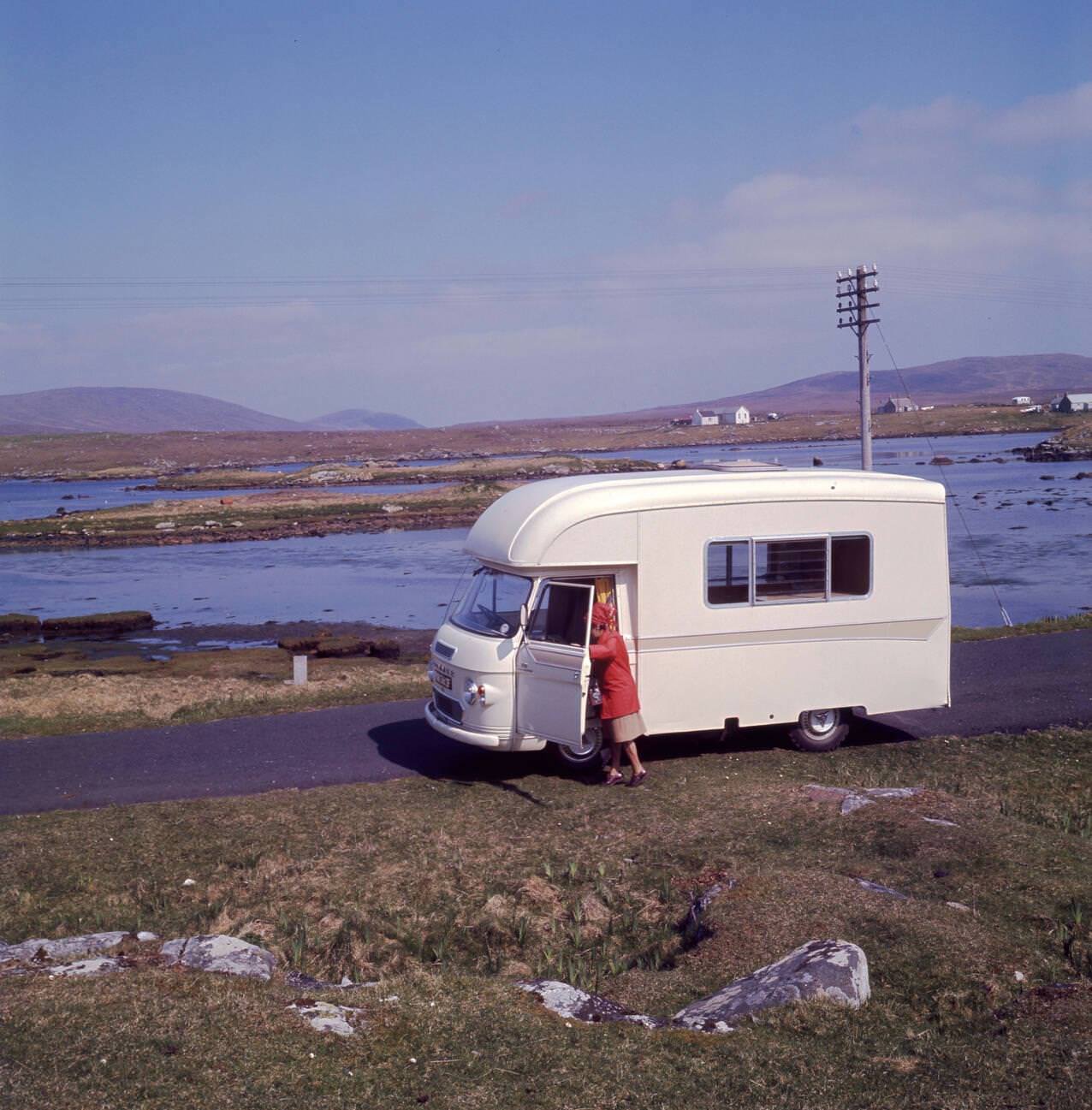
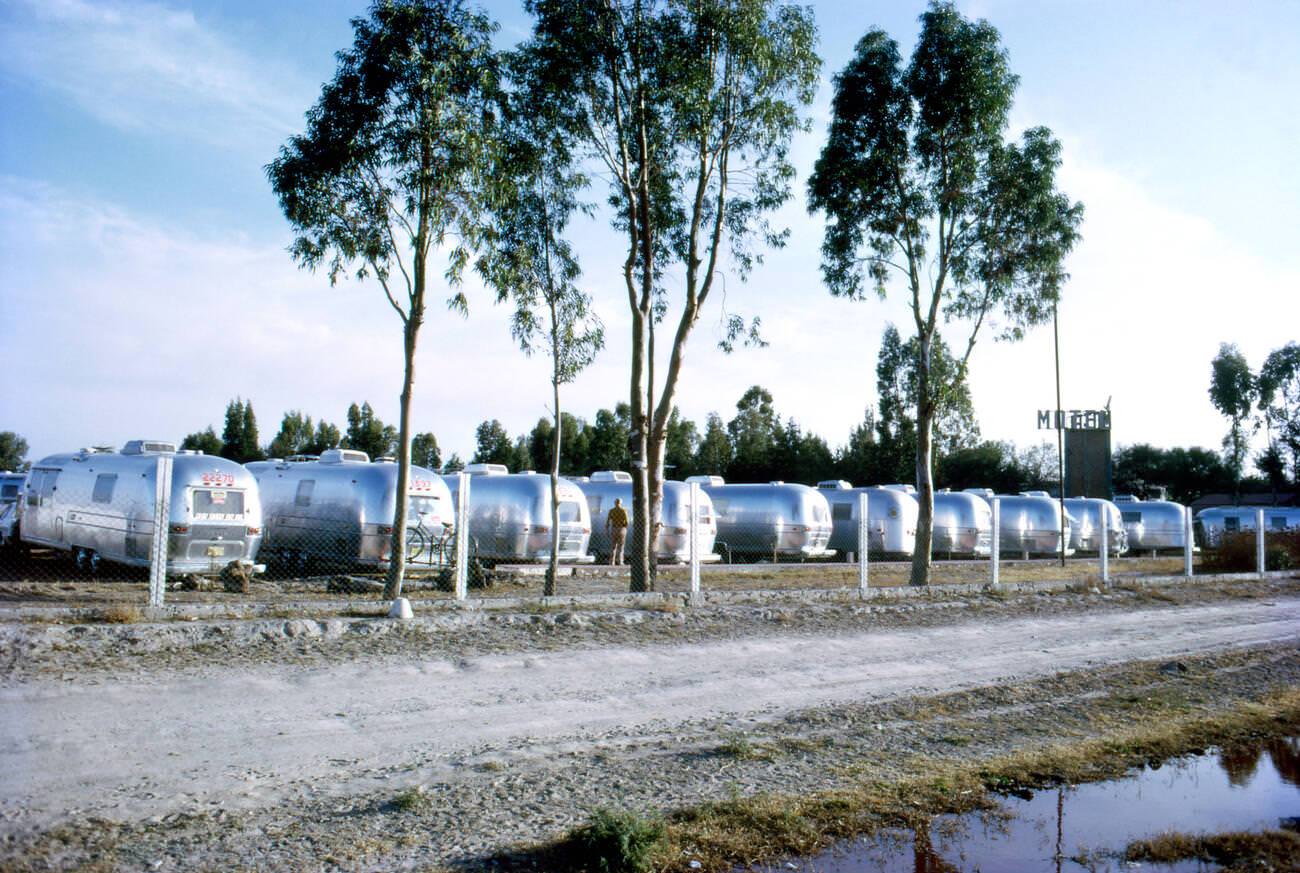
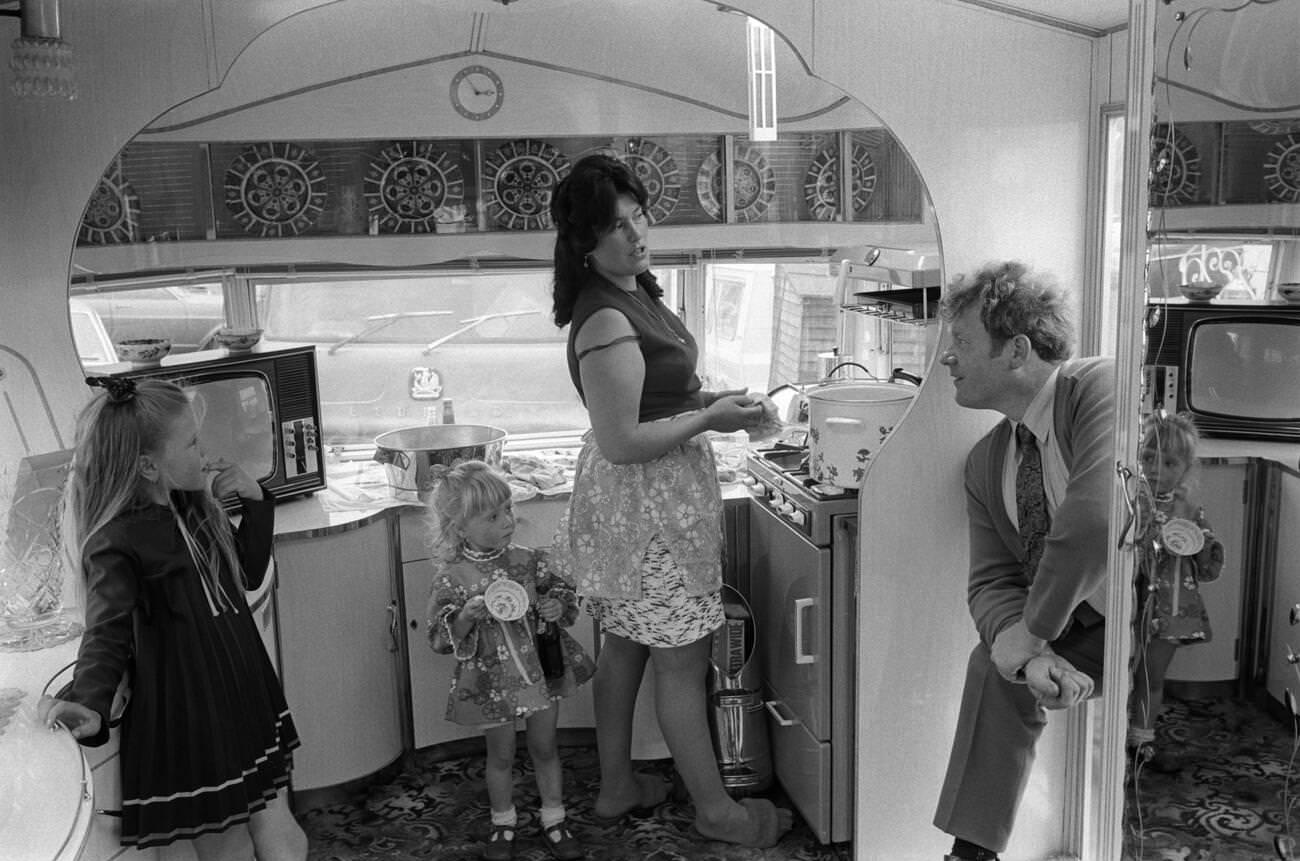
The 1980s and 1990s: Technological Advances and the Rise of Manufactured Homes
During the 1980s and 1990s, the mobile home industry witnessed significant technological advances and a shift towards what are now known as manufactured homes. This period focused on enhancing the quality, efficiency, and sustainability of mobile homes, with manufacturers incorporating better materials, energy-efficient appliances, and improved construction techniques. The aesthetic appeal of manufactured homes also evolved, with designs that included cathedral ceilings, skylights, and spacious floor plans that challenged previous perceptions of mobile living.
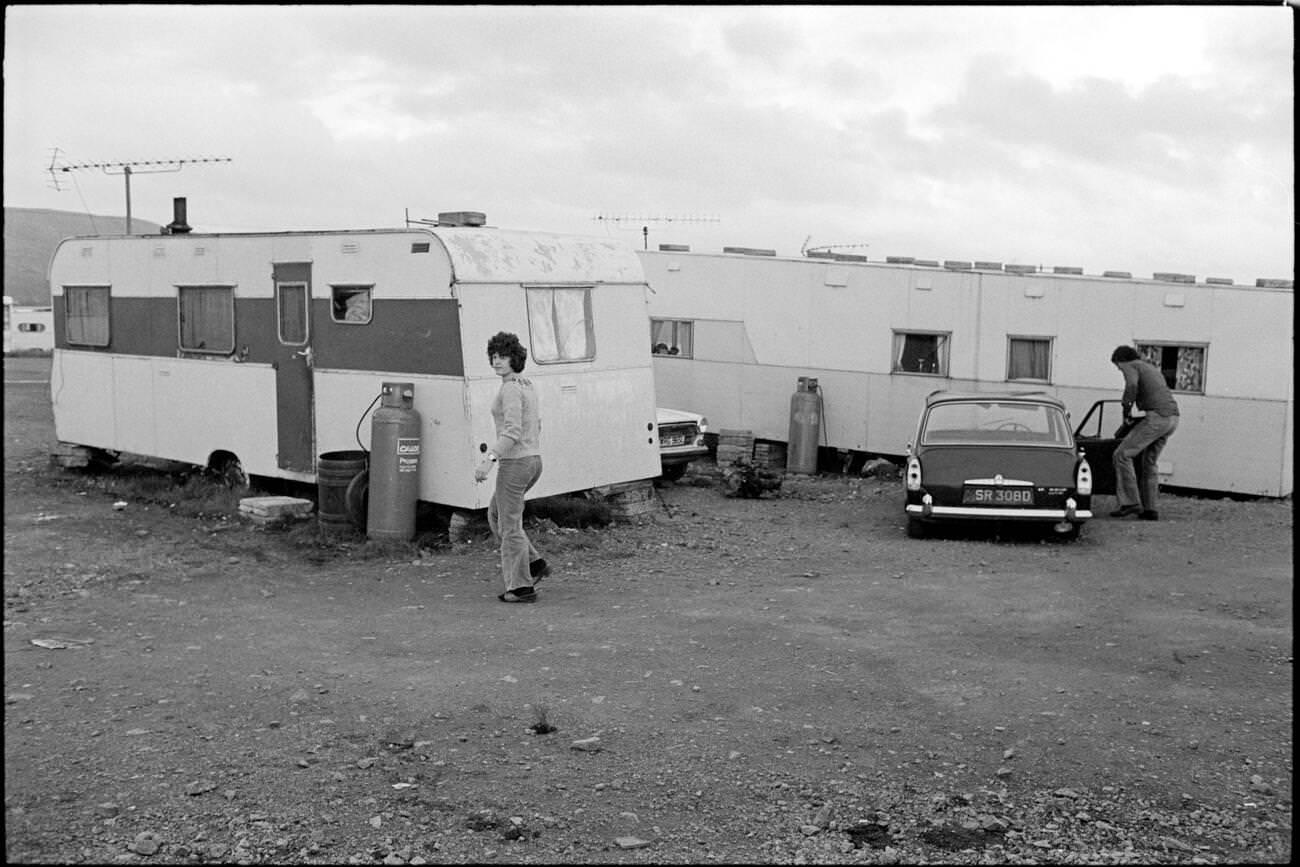
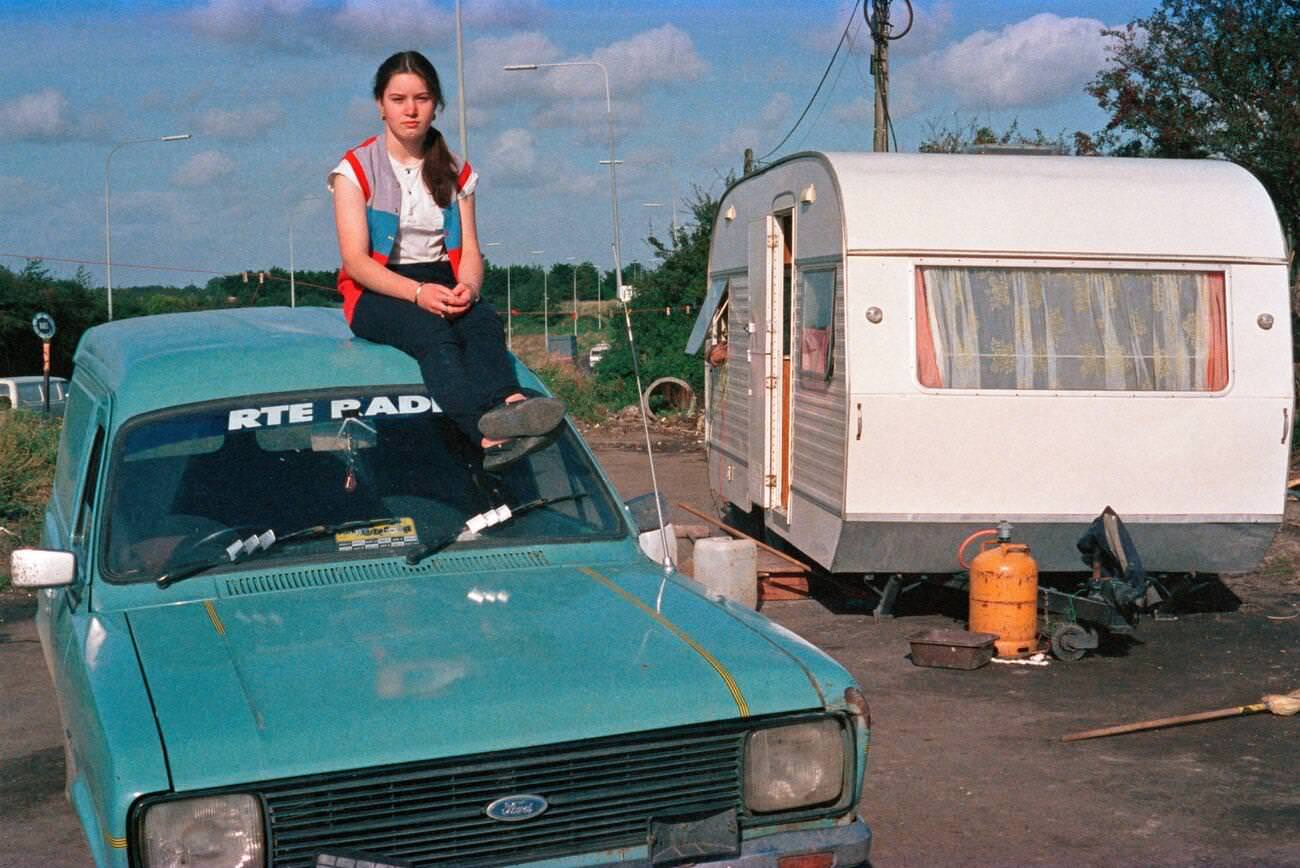
The 1990s saw a move towards customization and luxury, with options for hardwood flooring, granite countertops, and high-end fixtures becoming available. Manufactured homes during these decades were designed to be placed in more permanent settings, often on private land or in specially designed communities, reflecting a shift towards long-term residency rather than the nomadic lifestyle traditionally associated with mobile homes.
